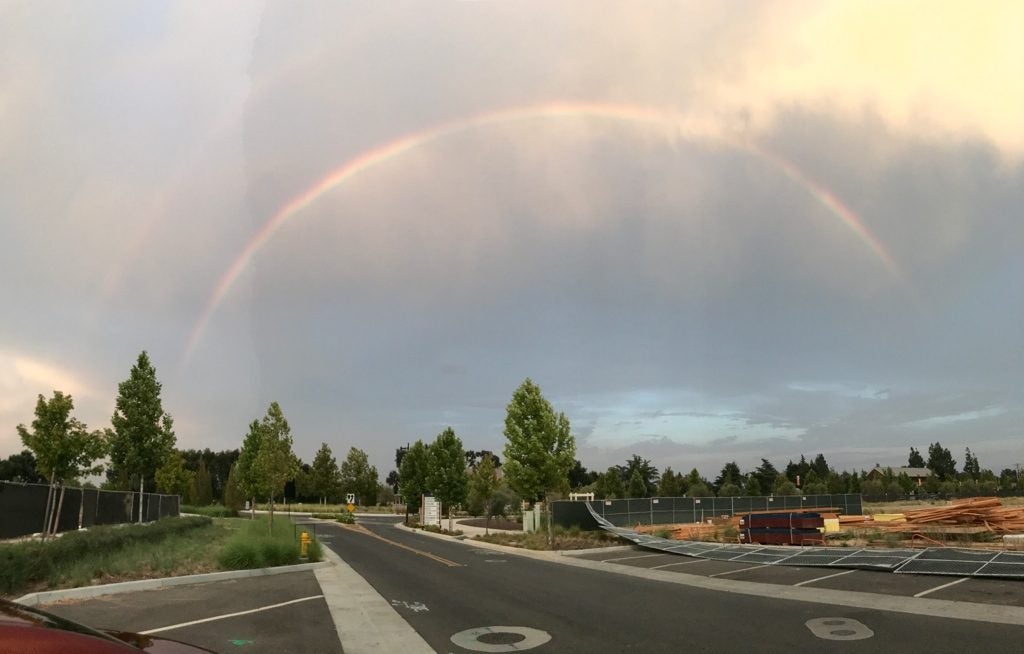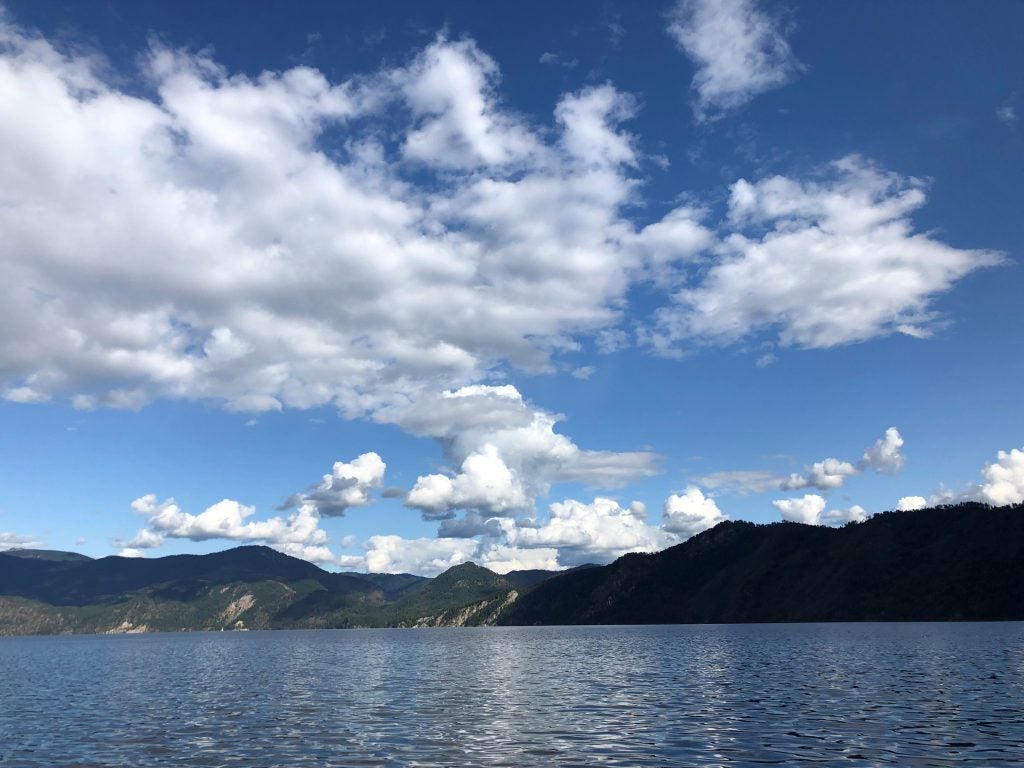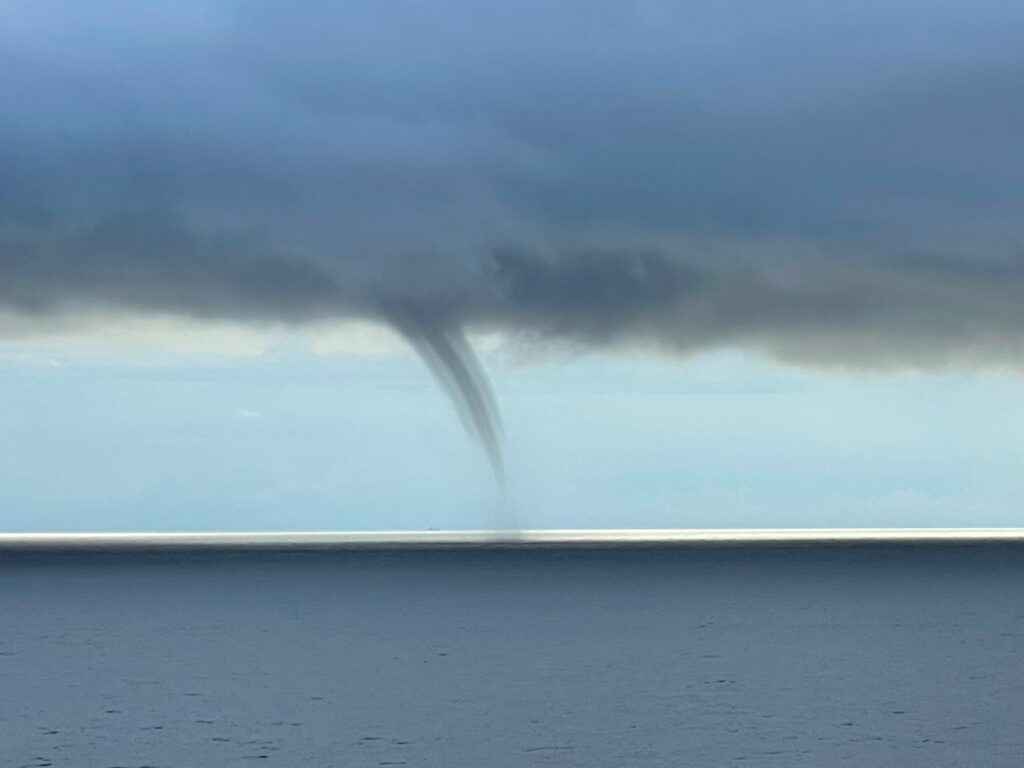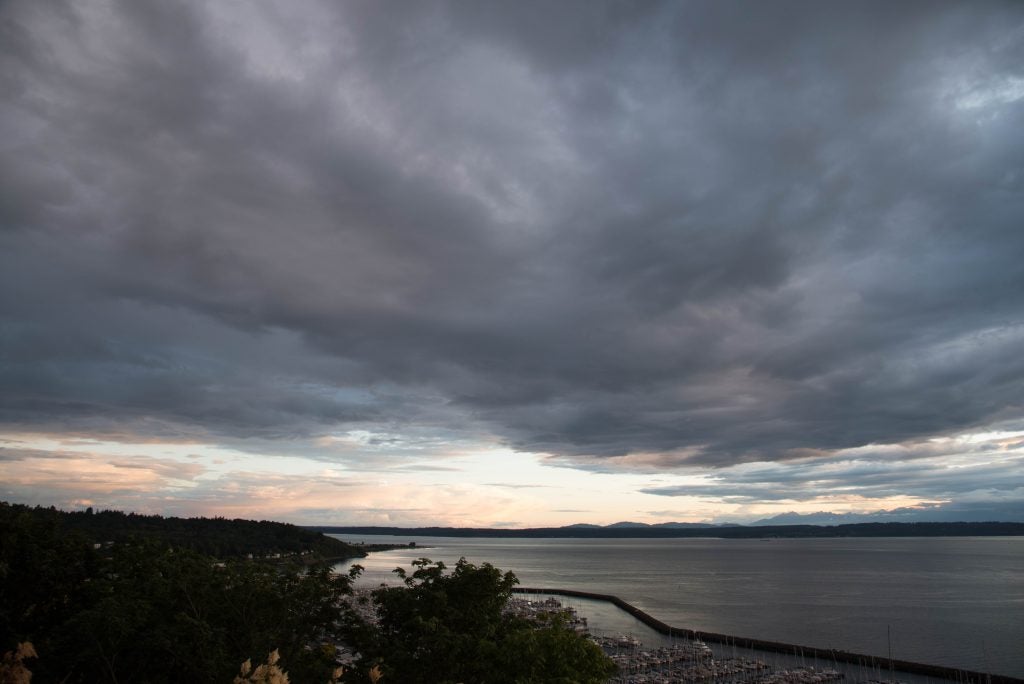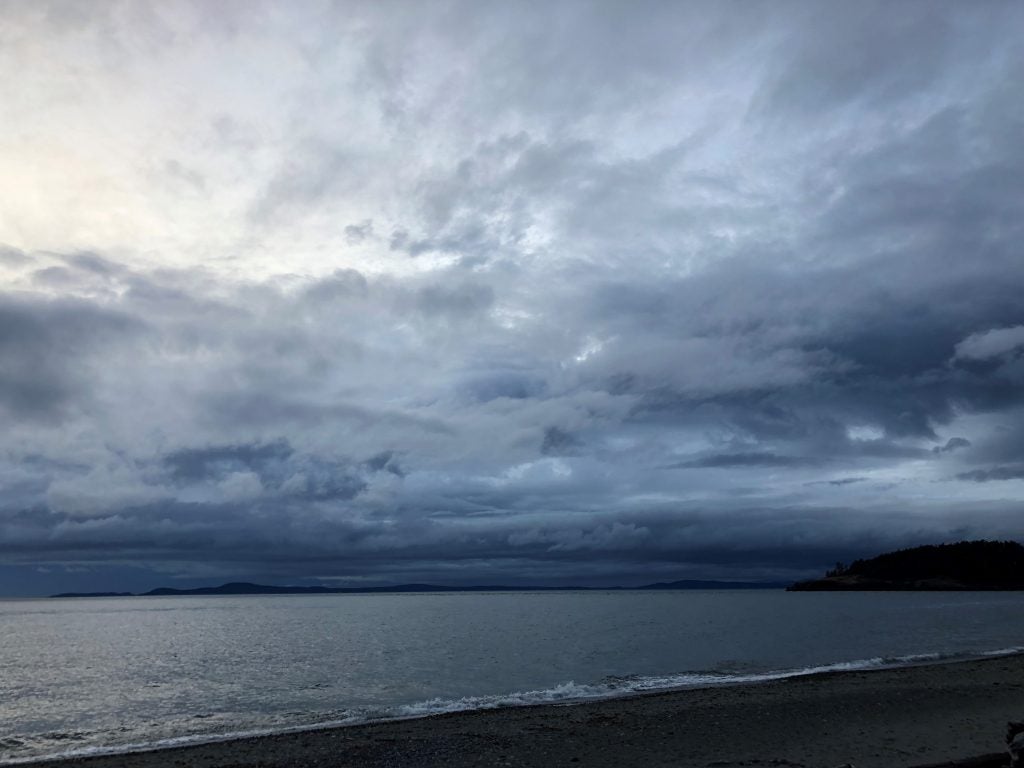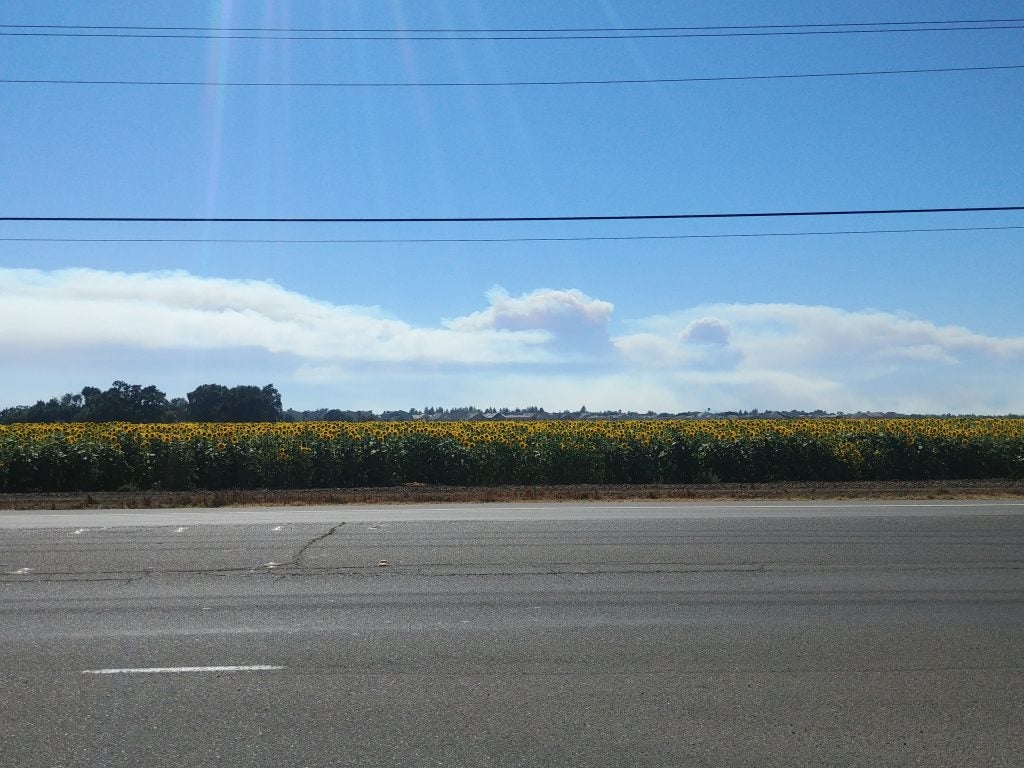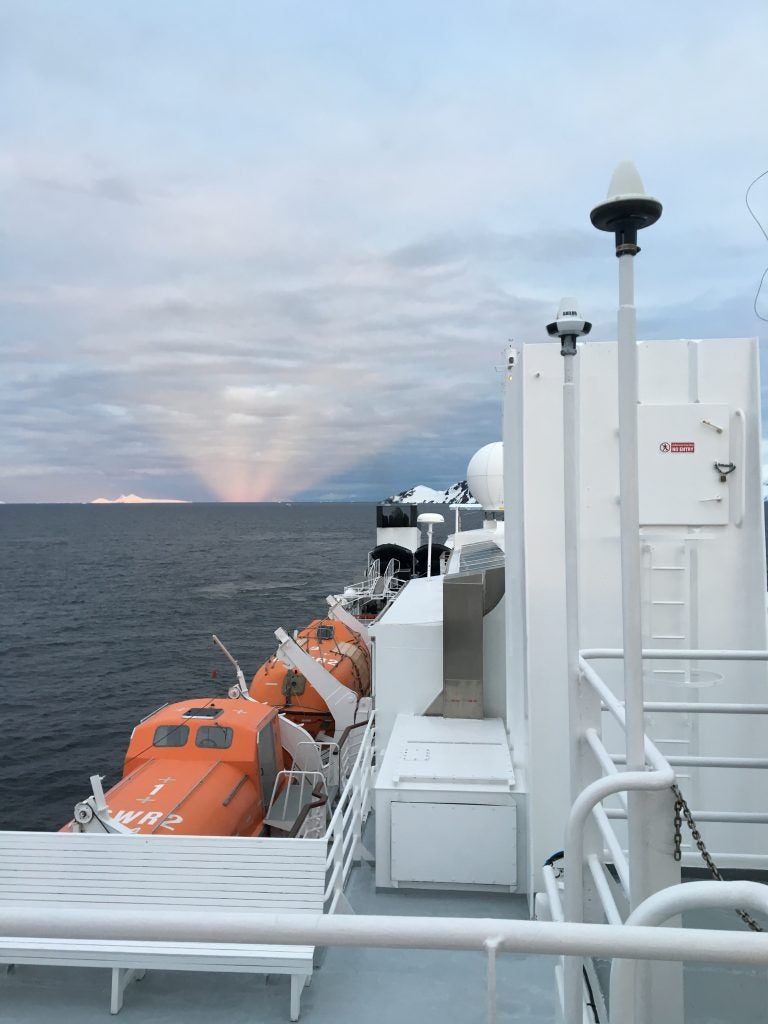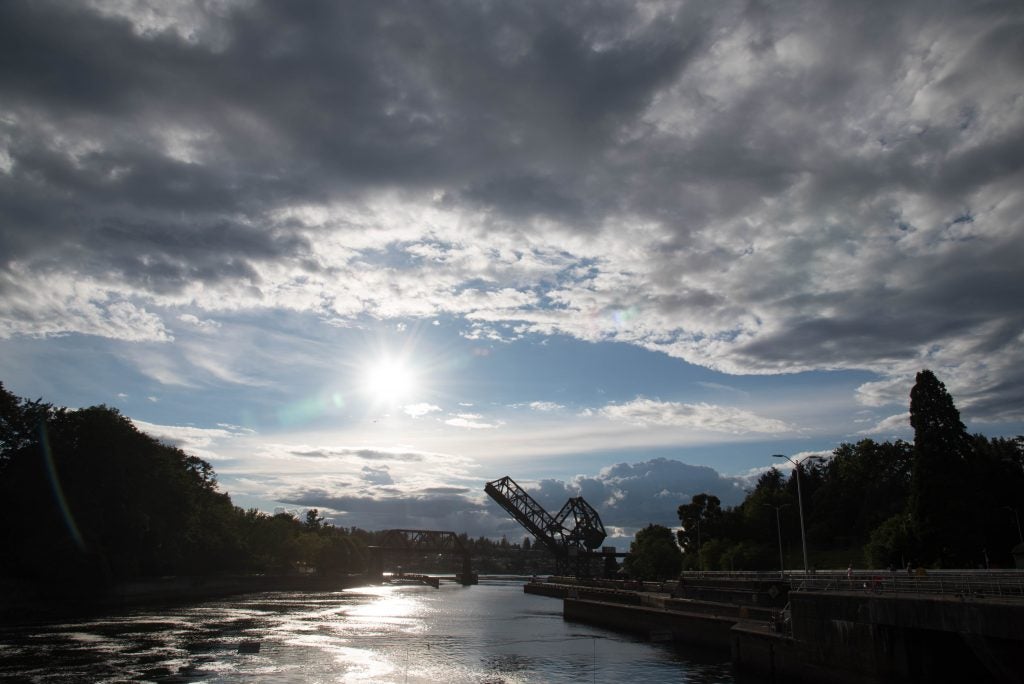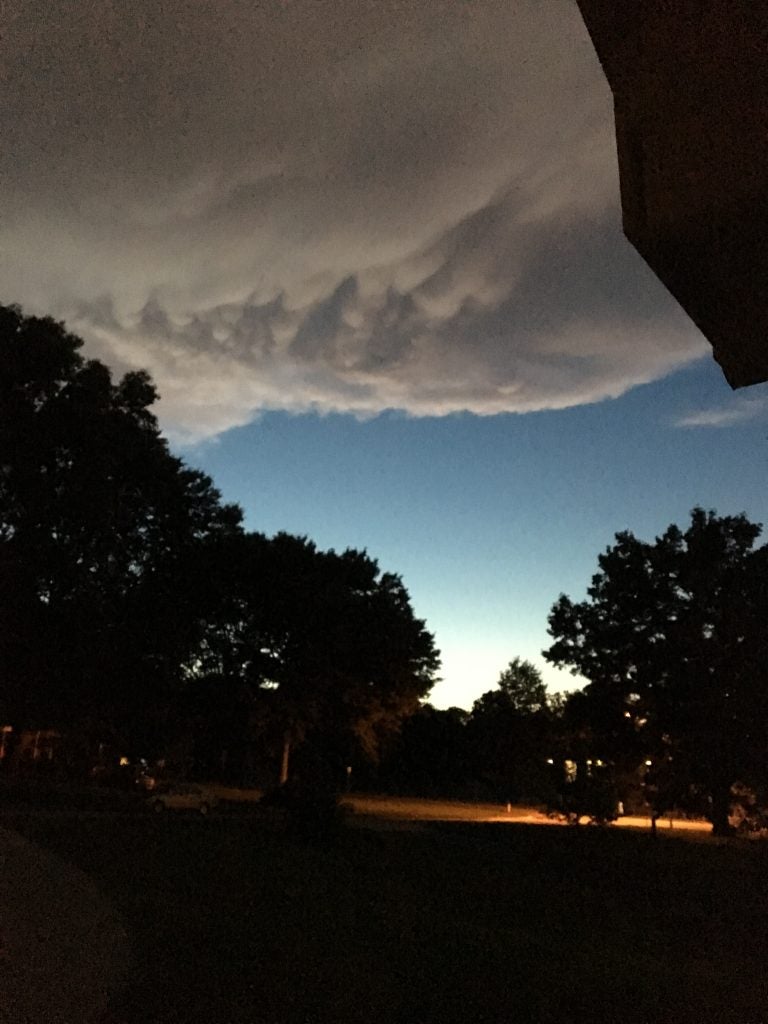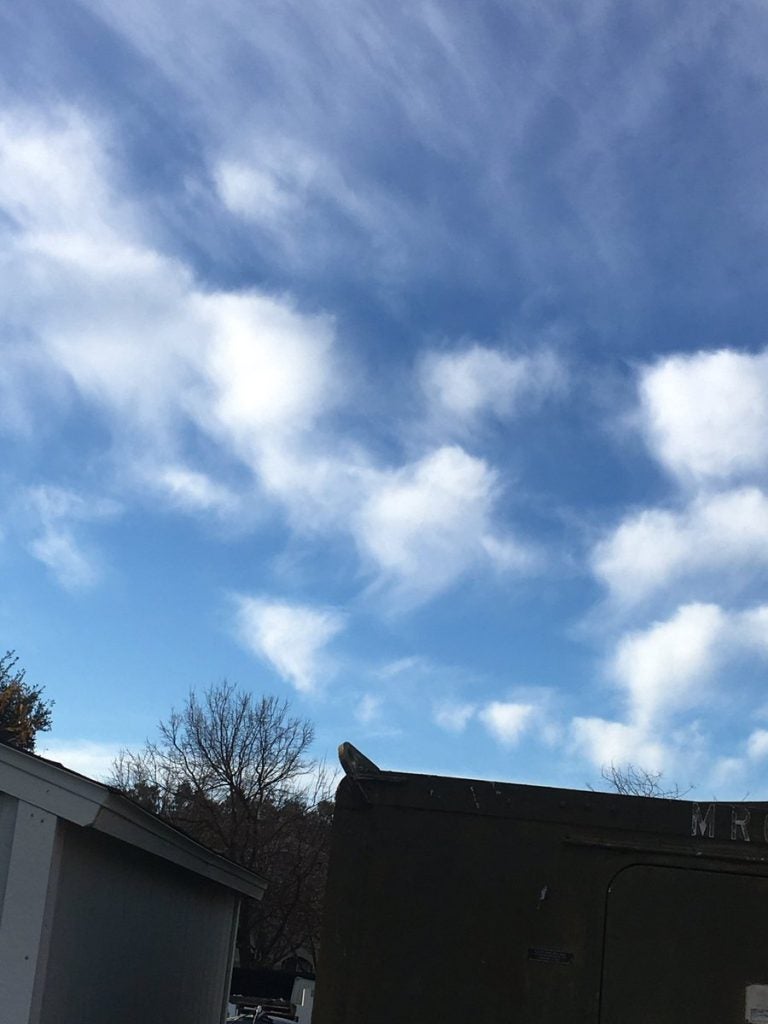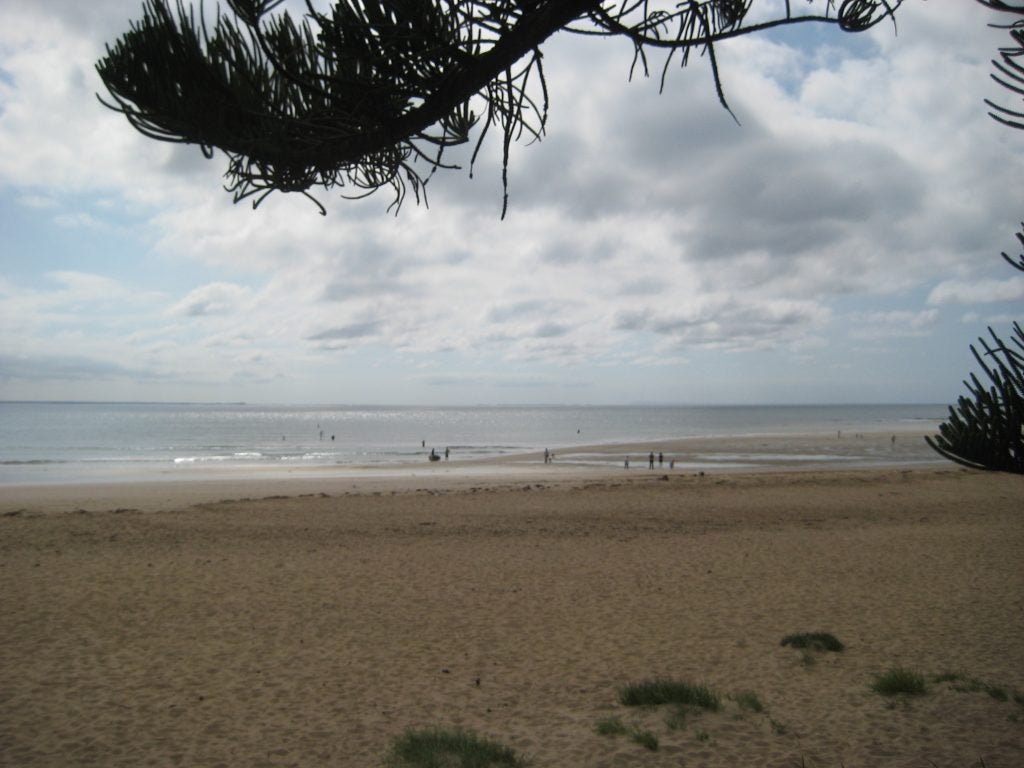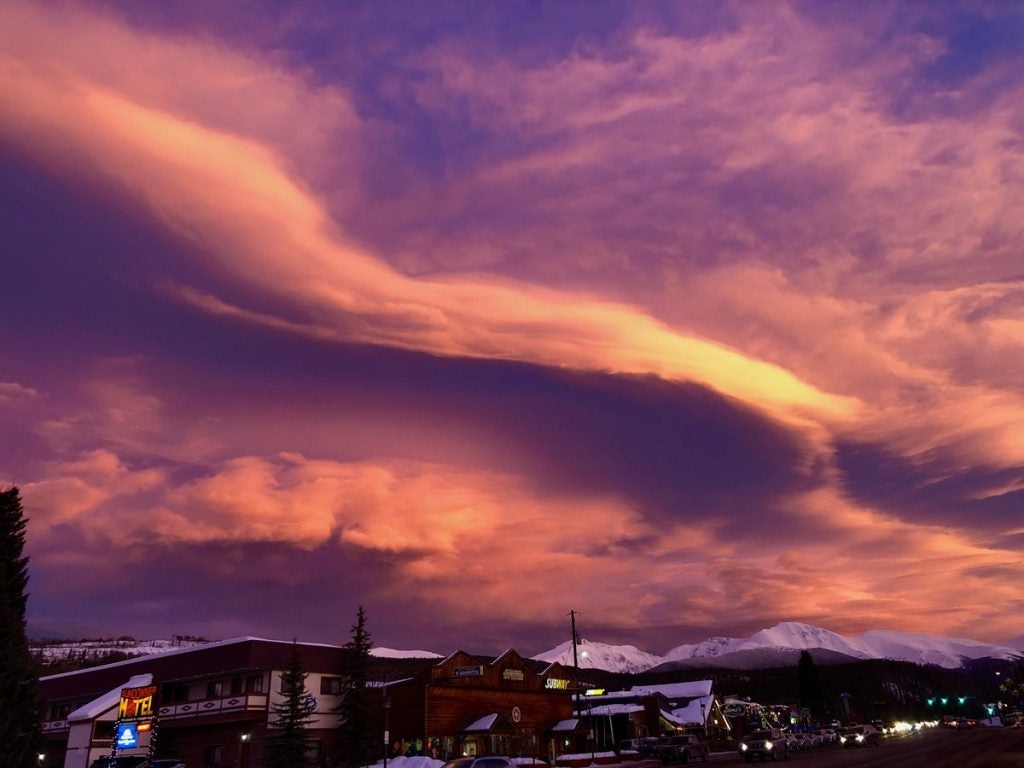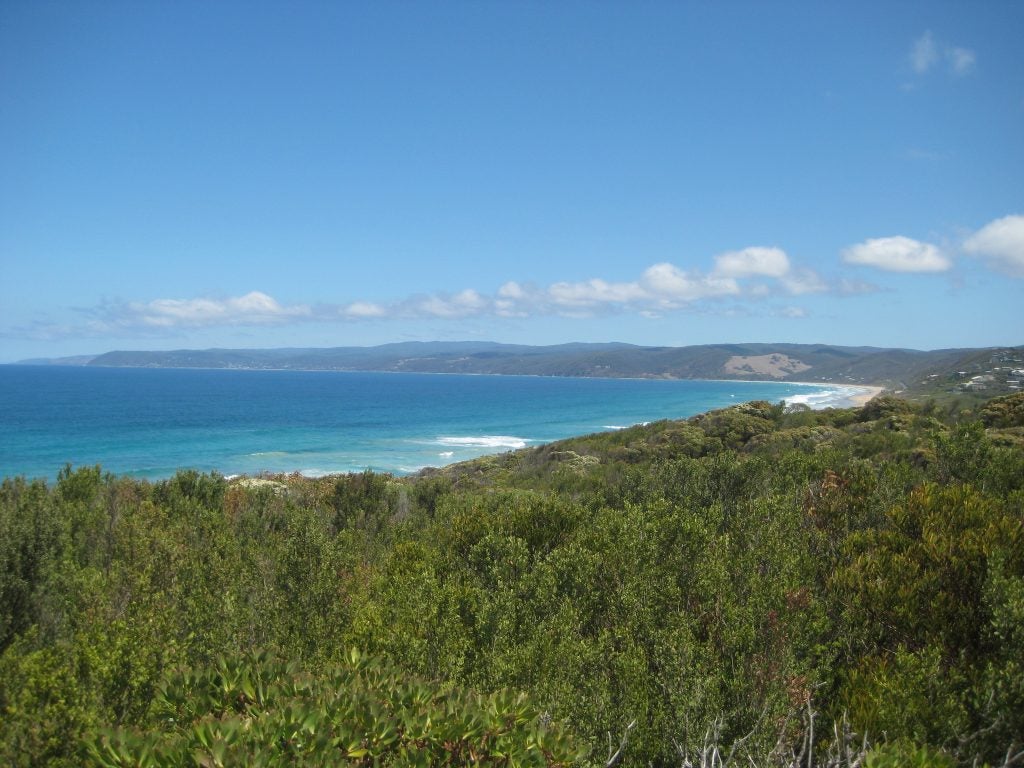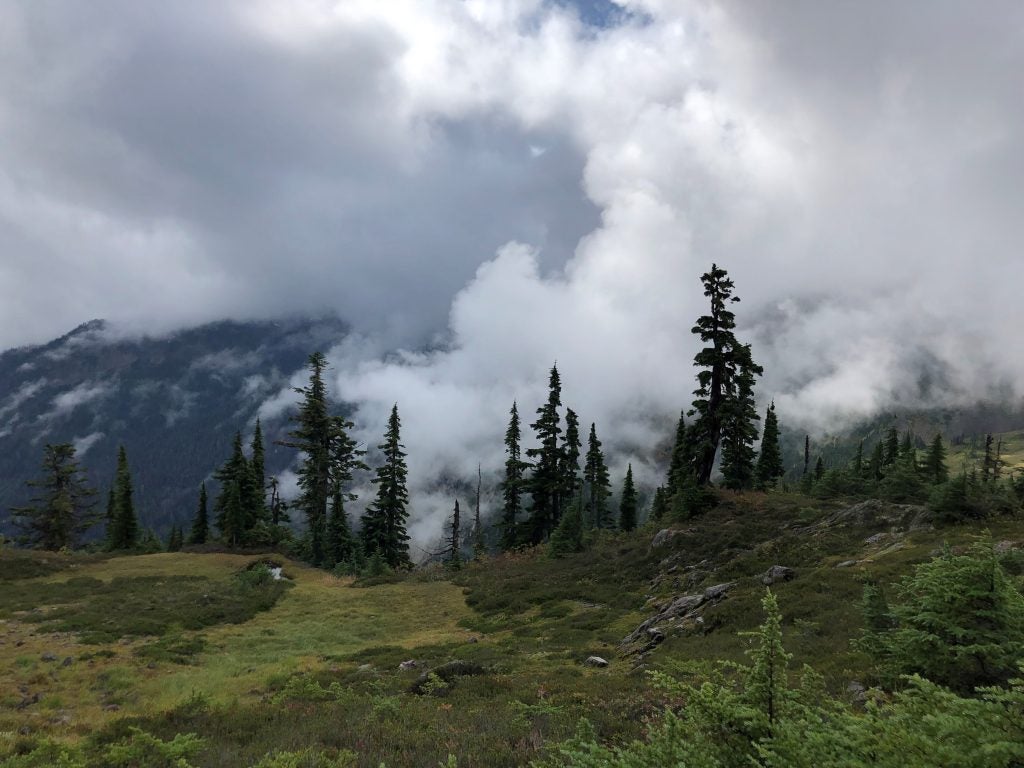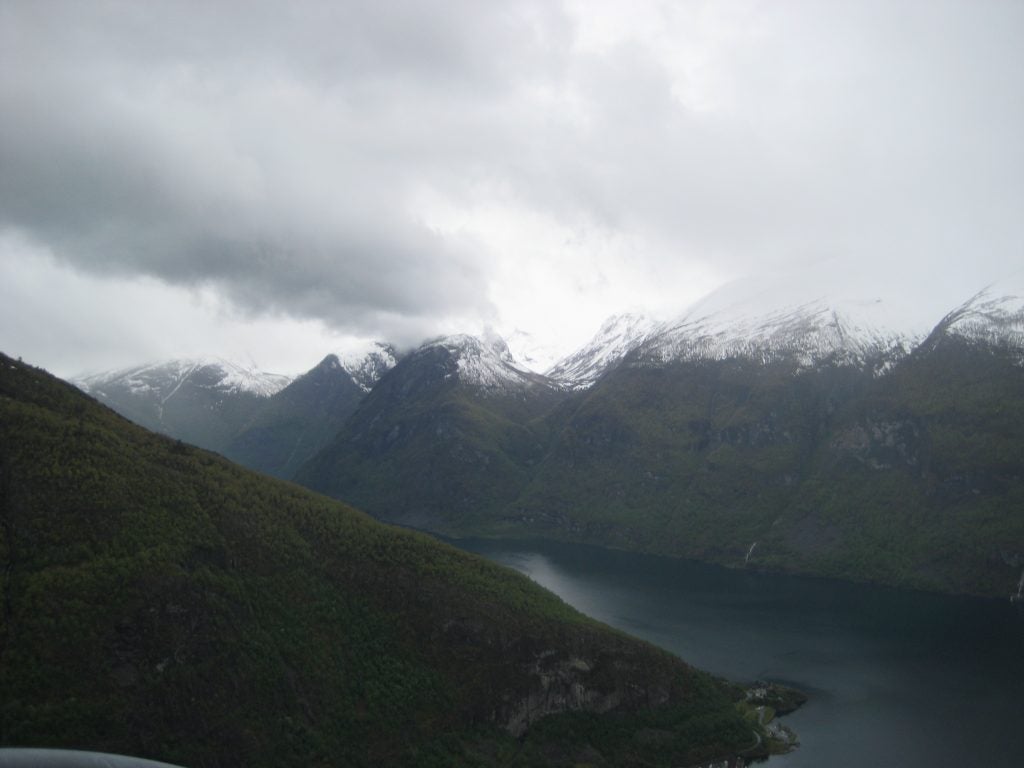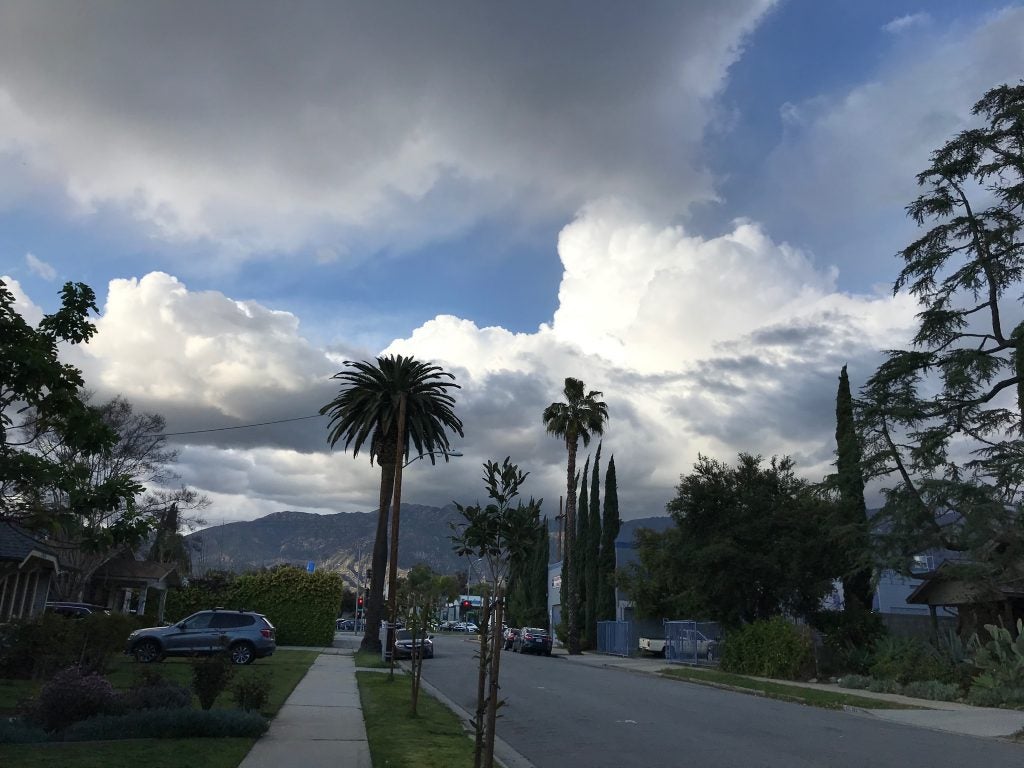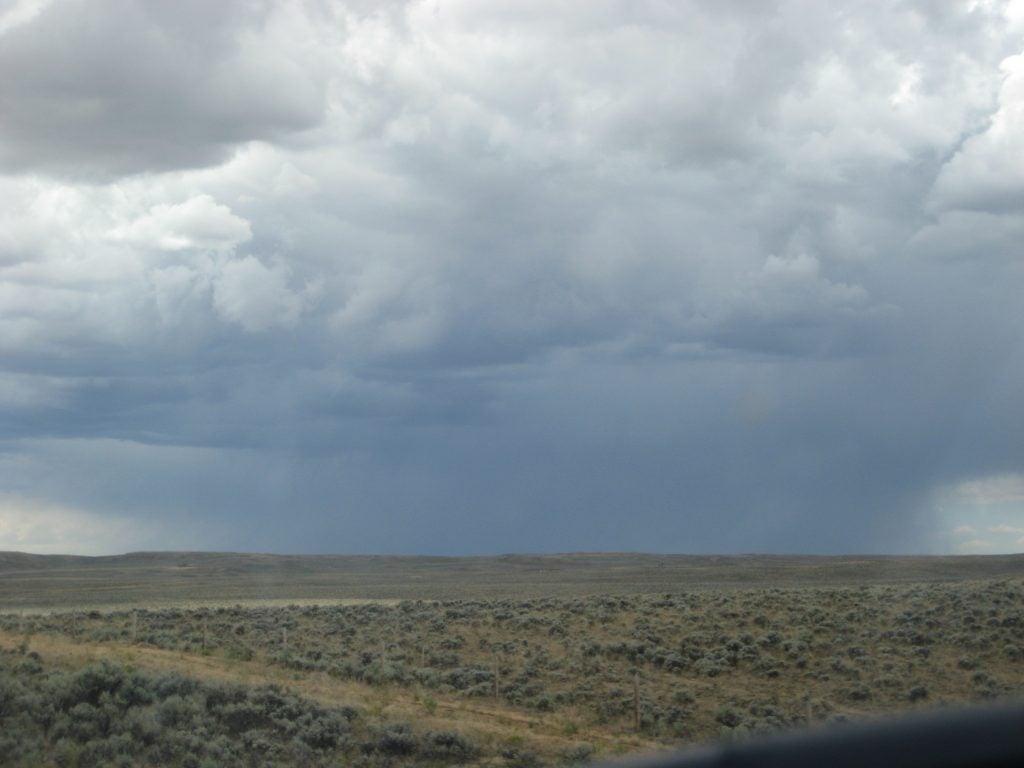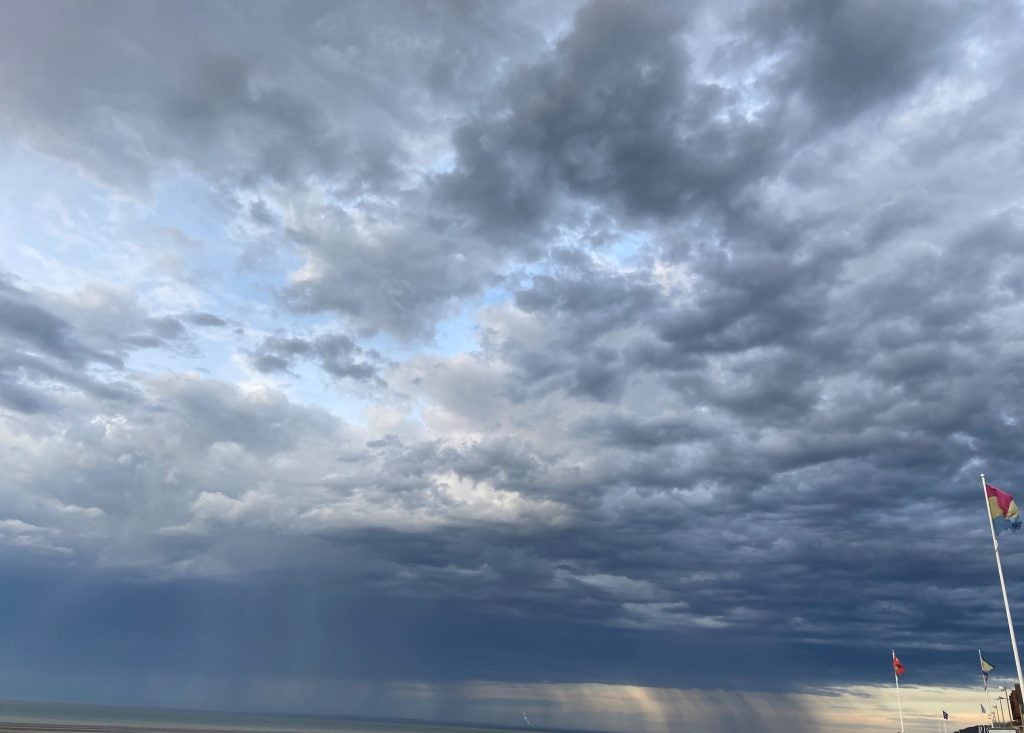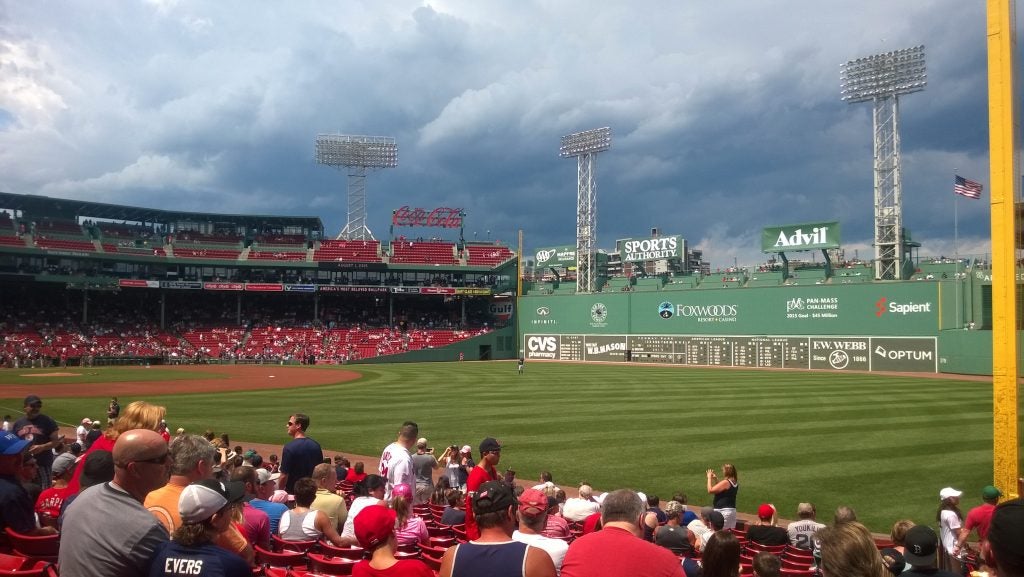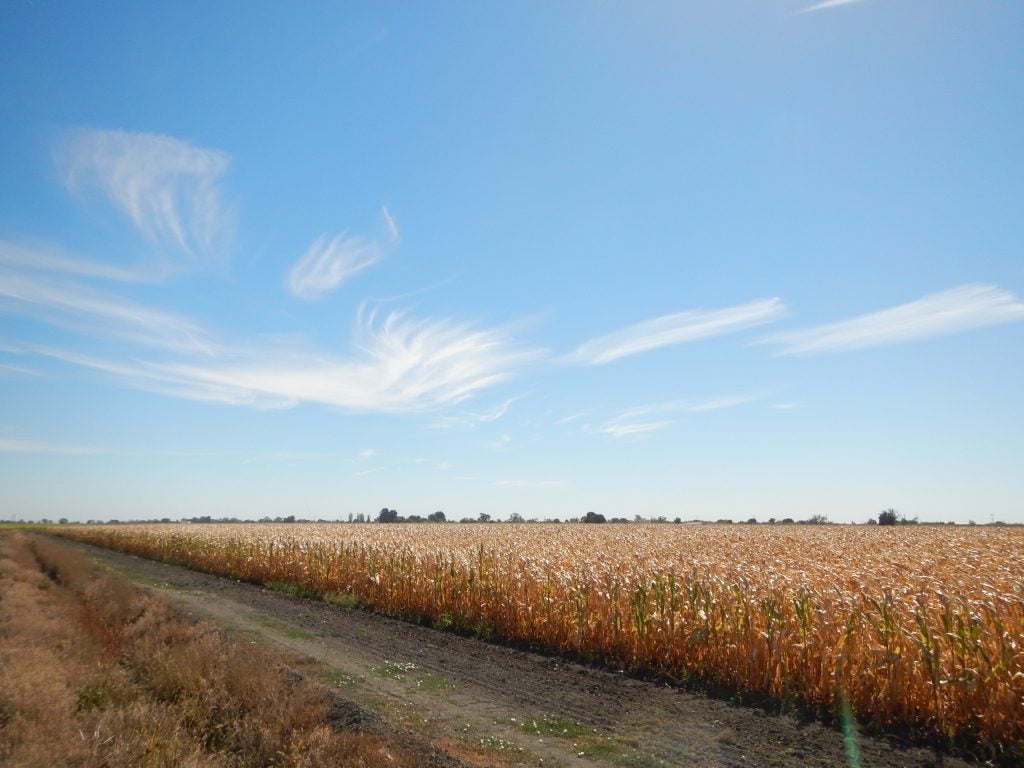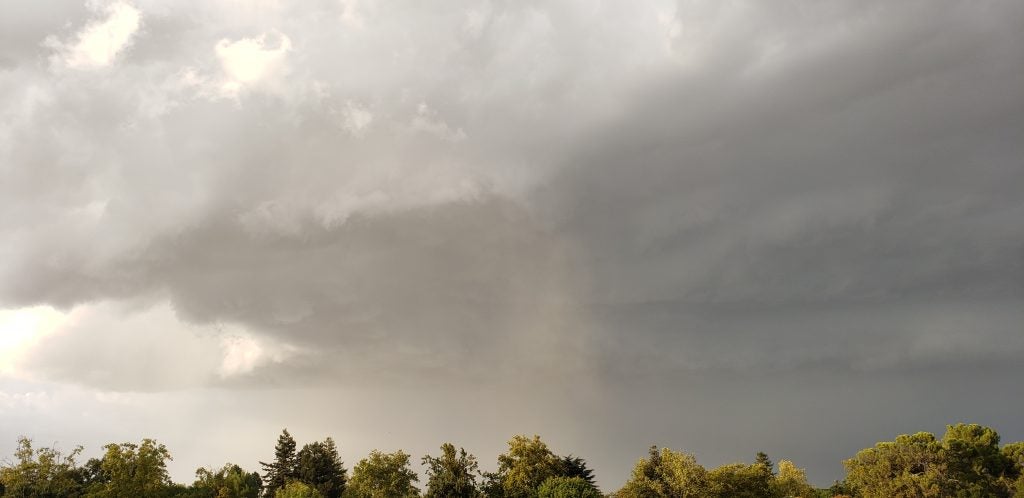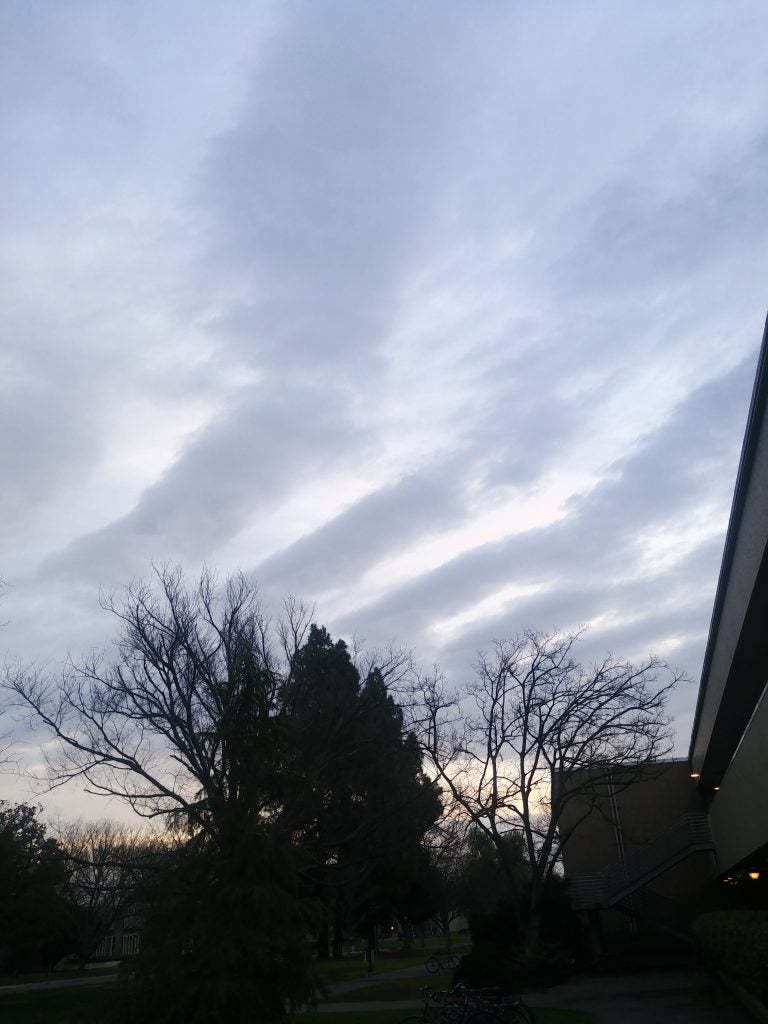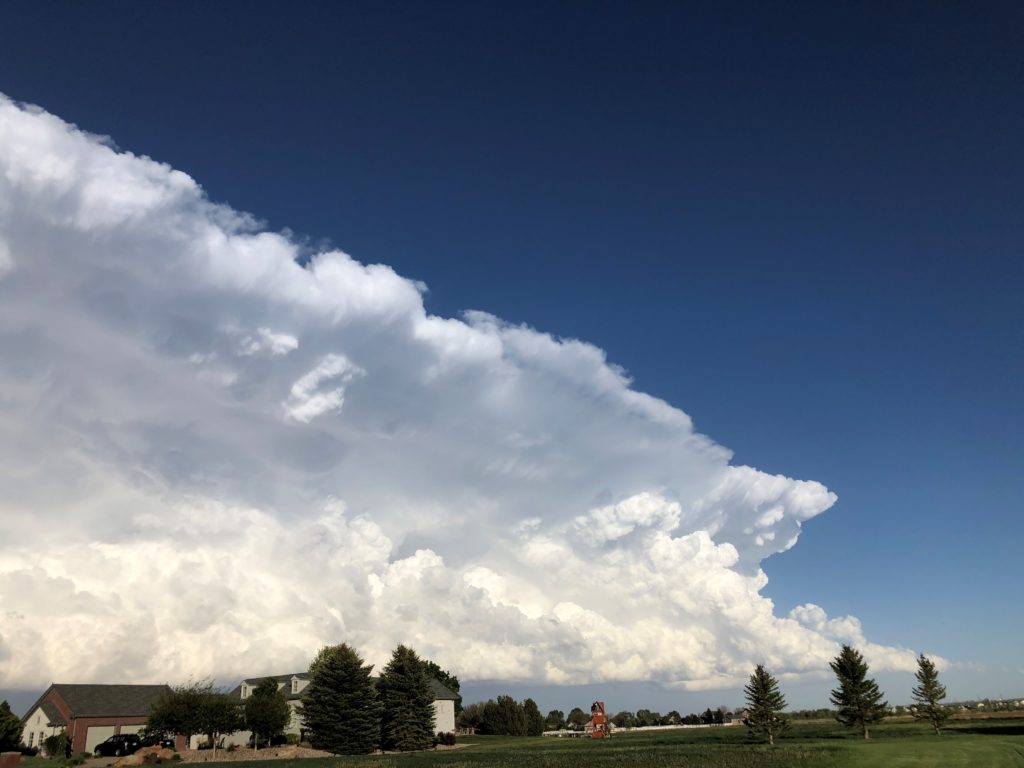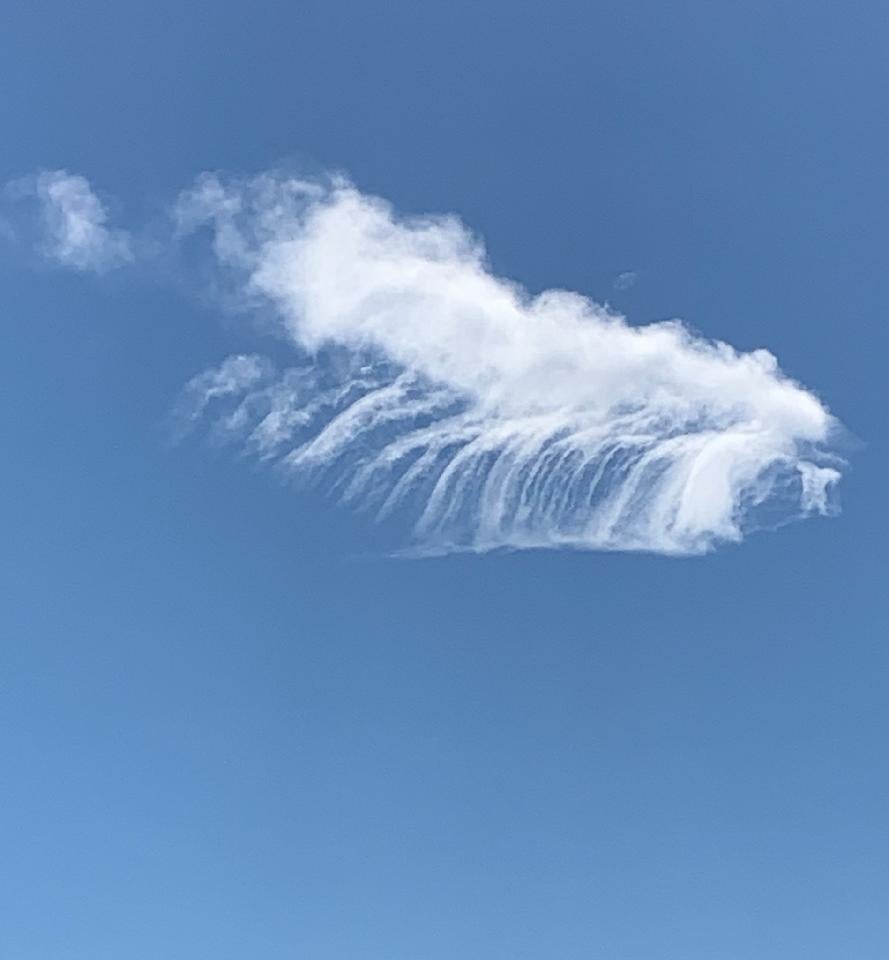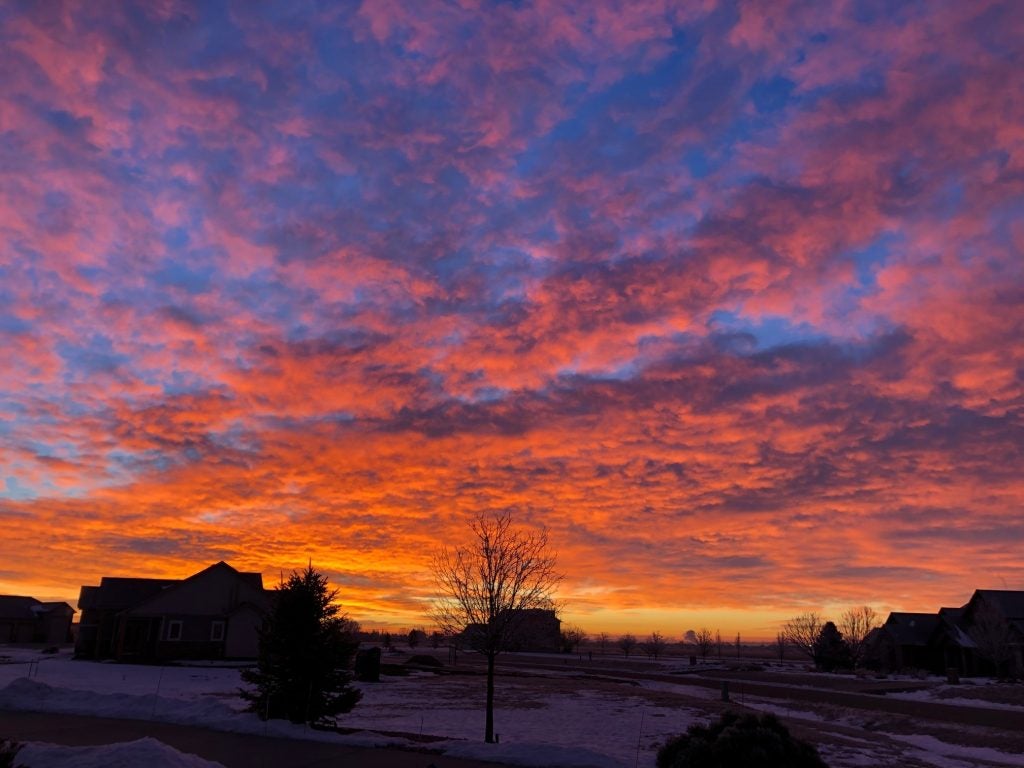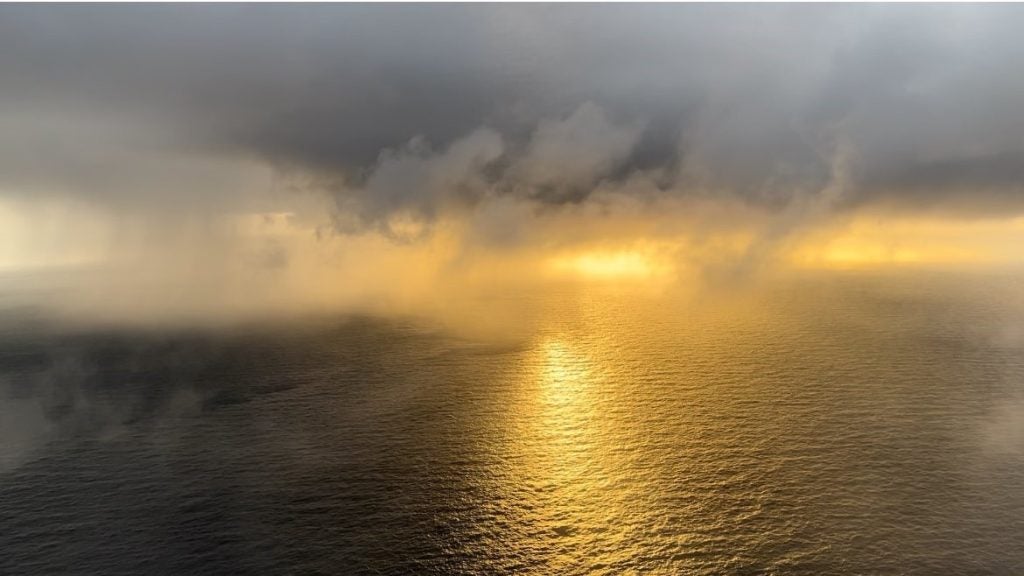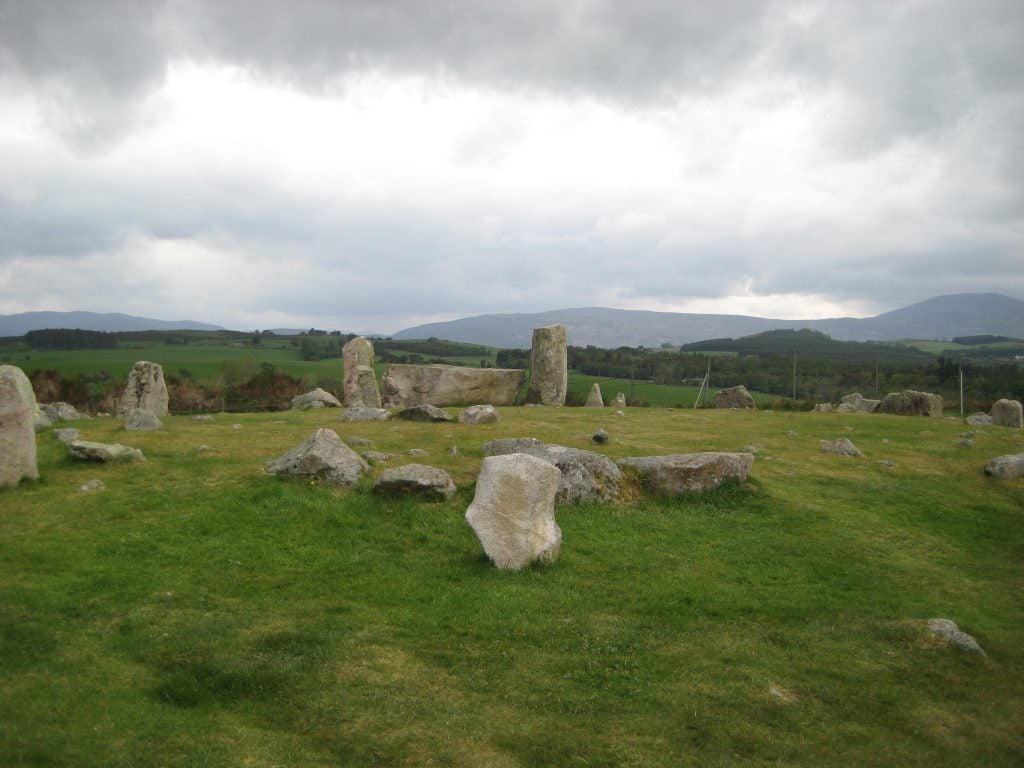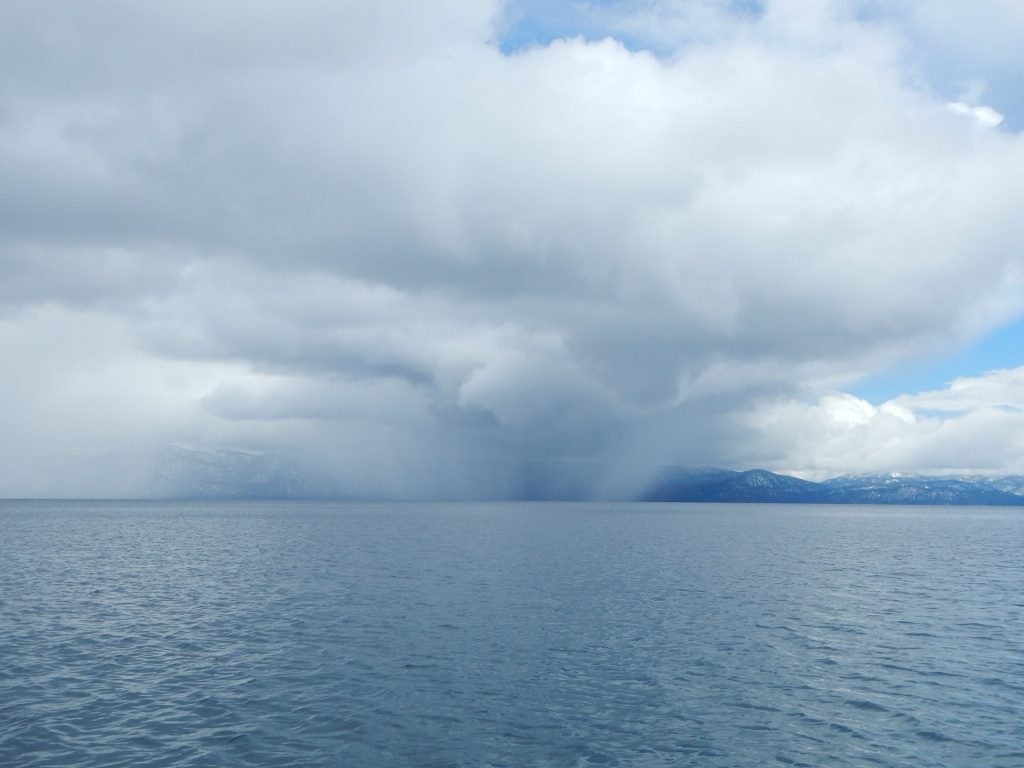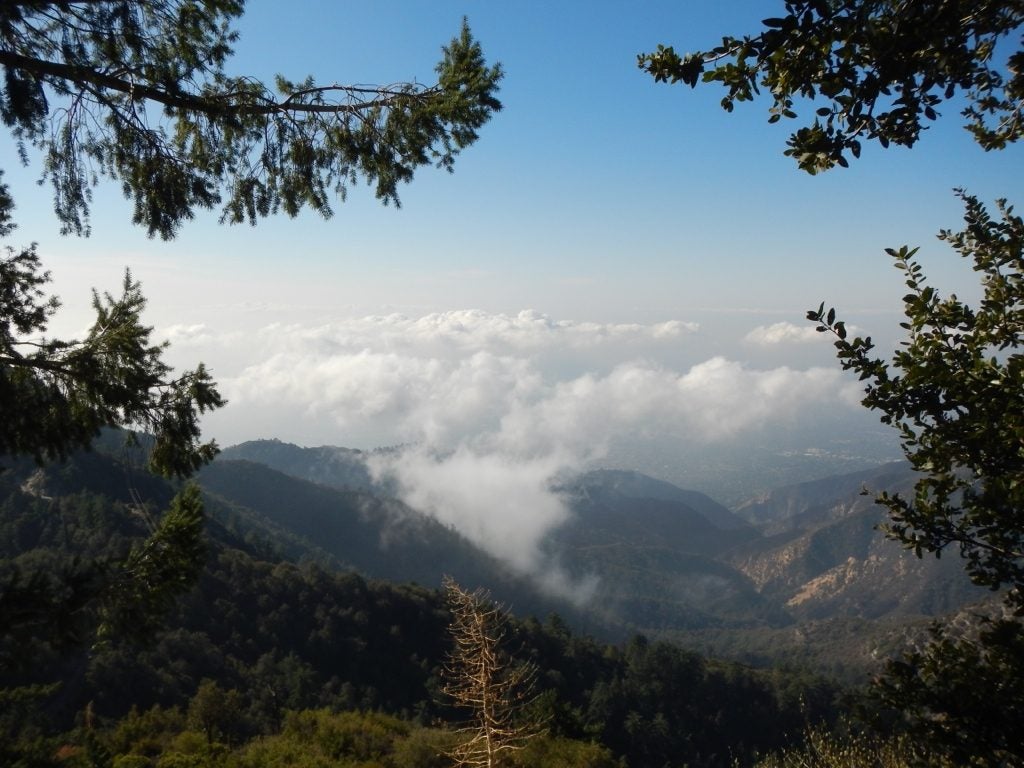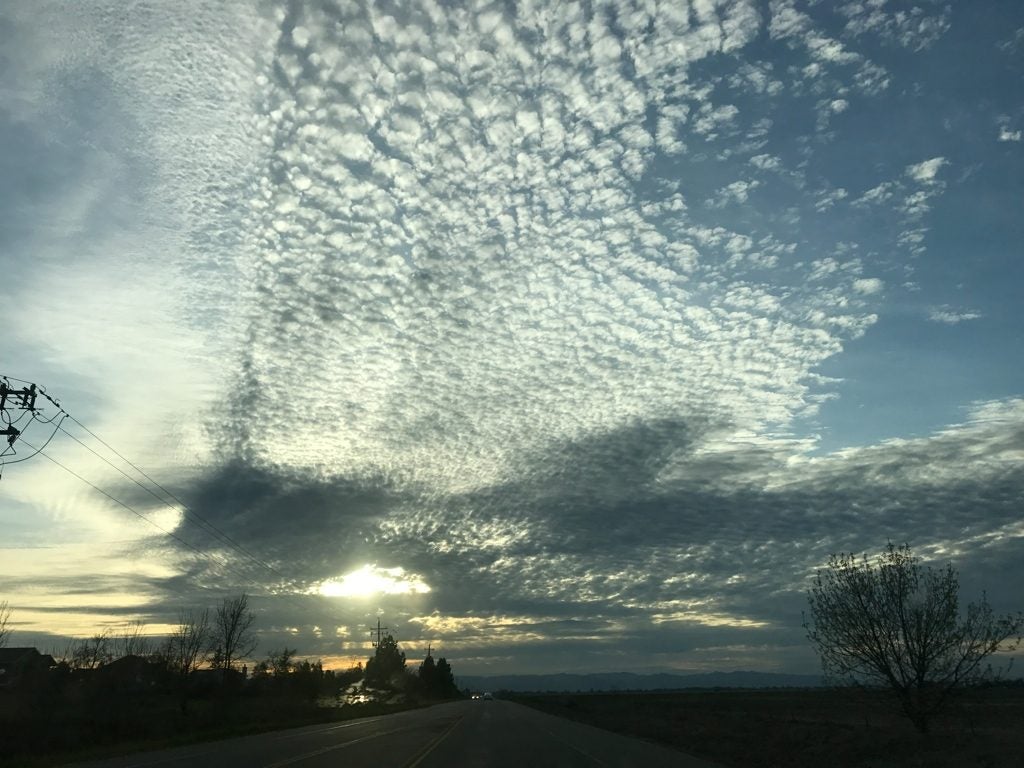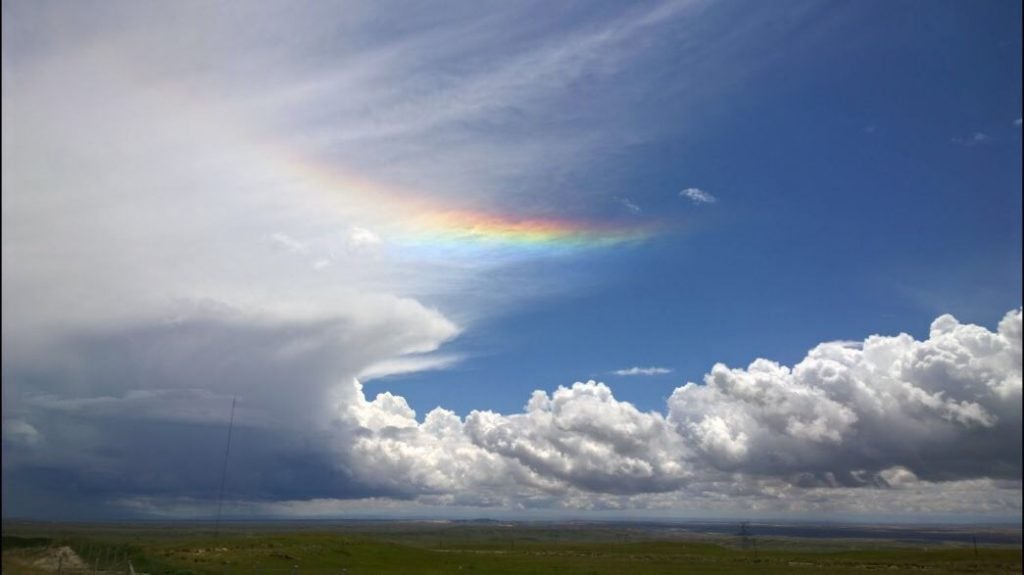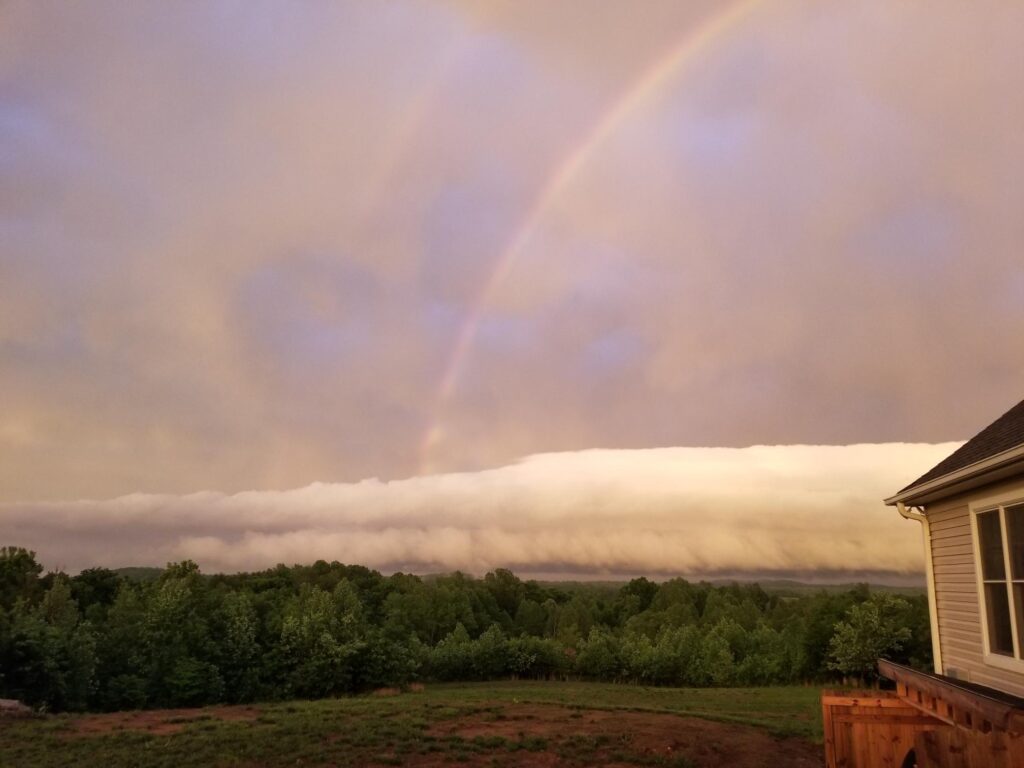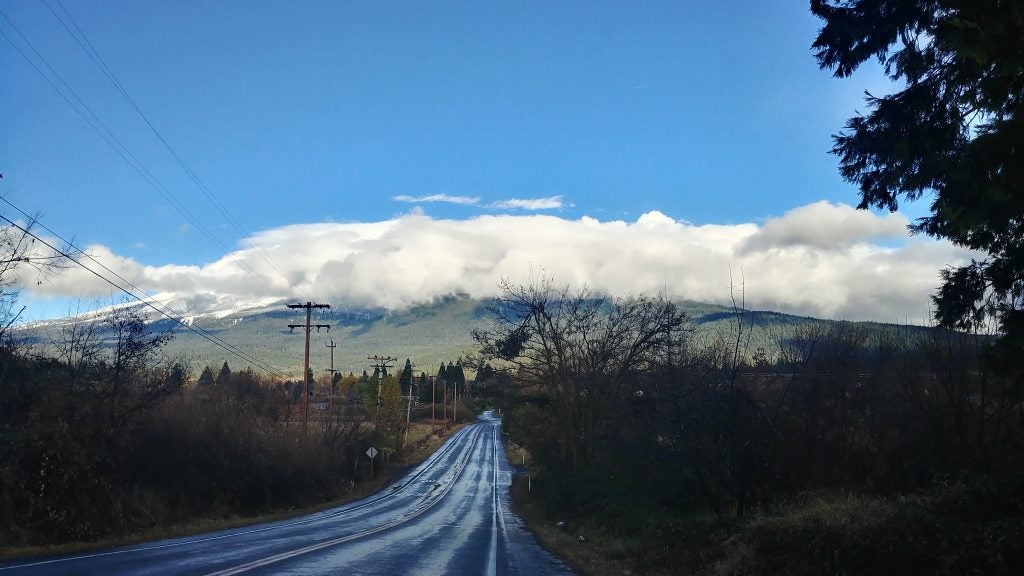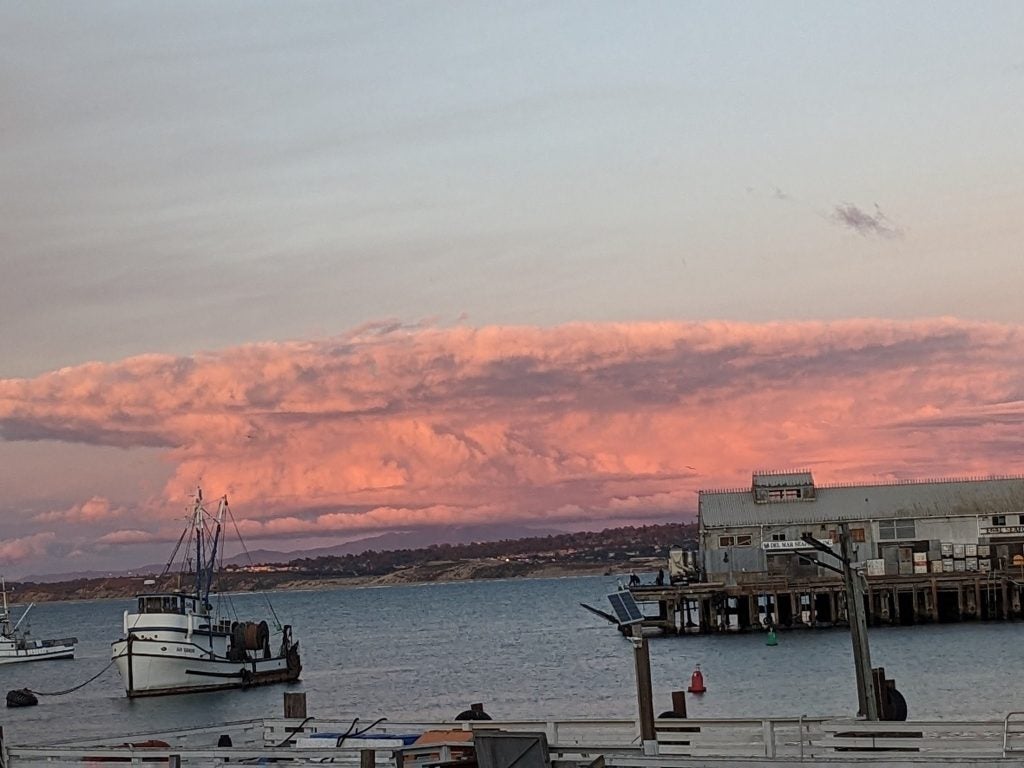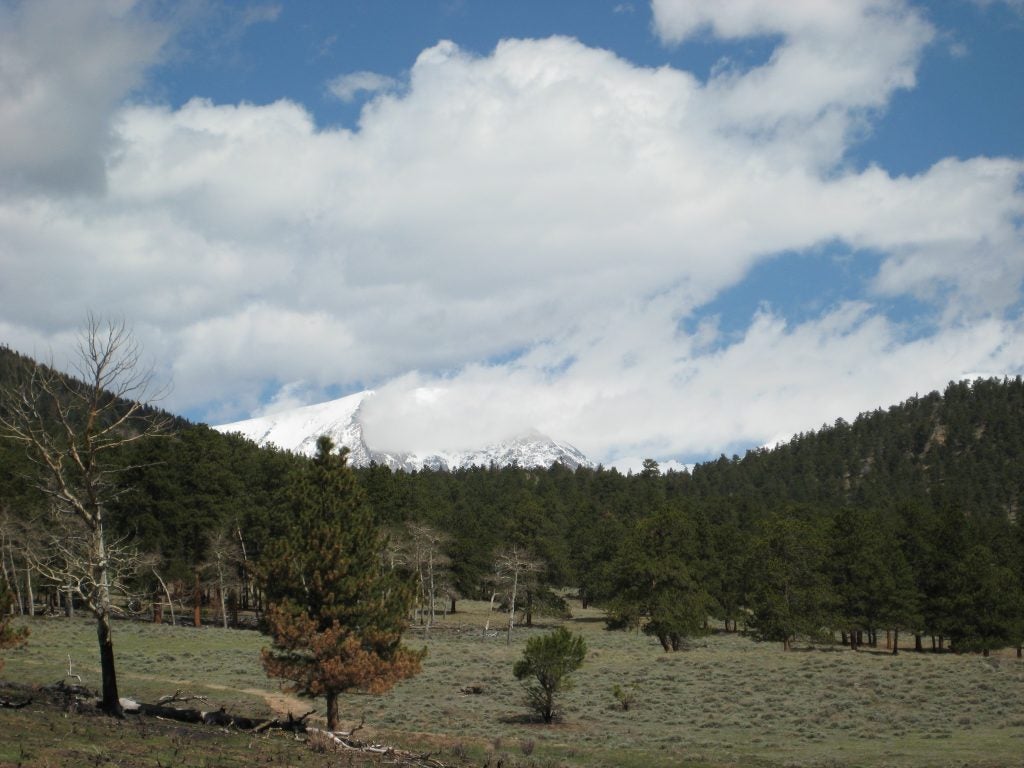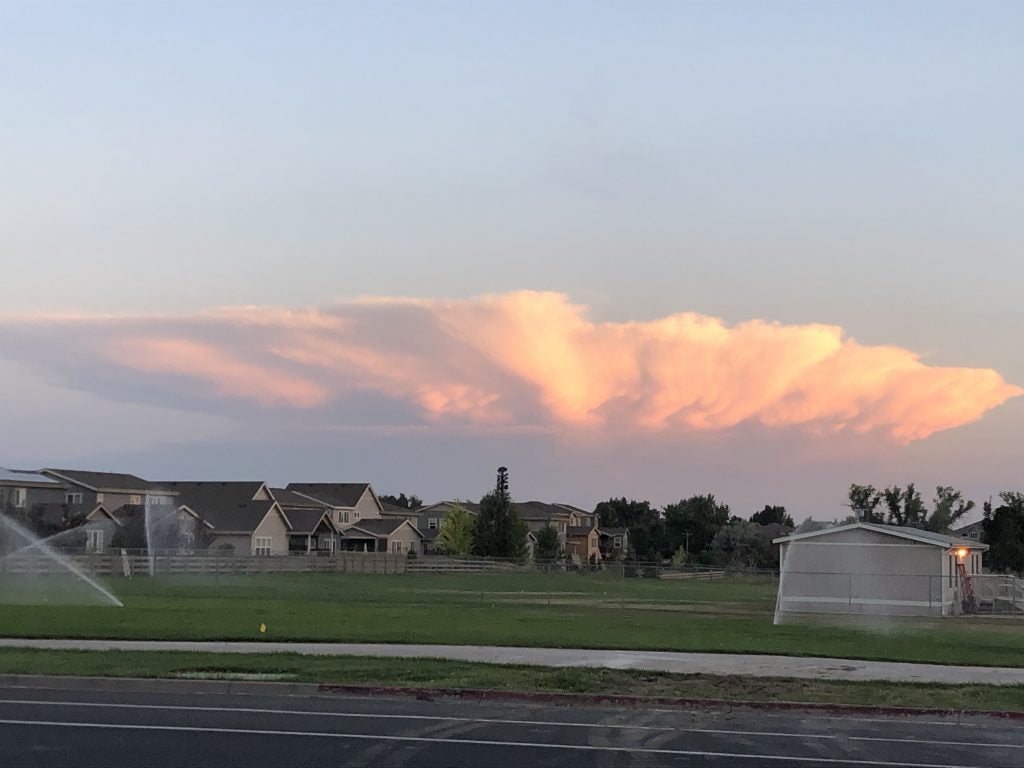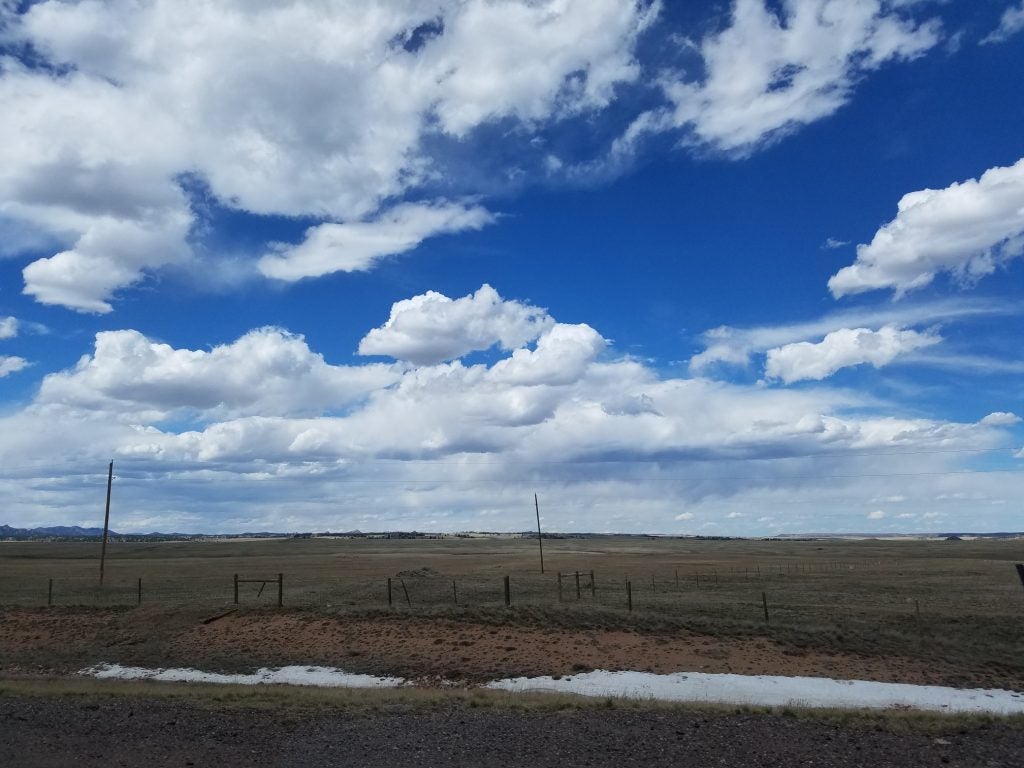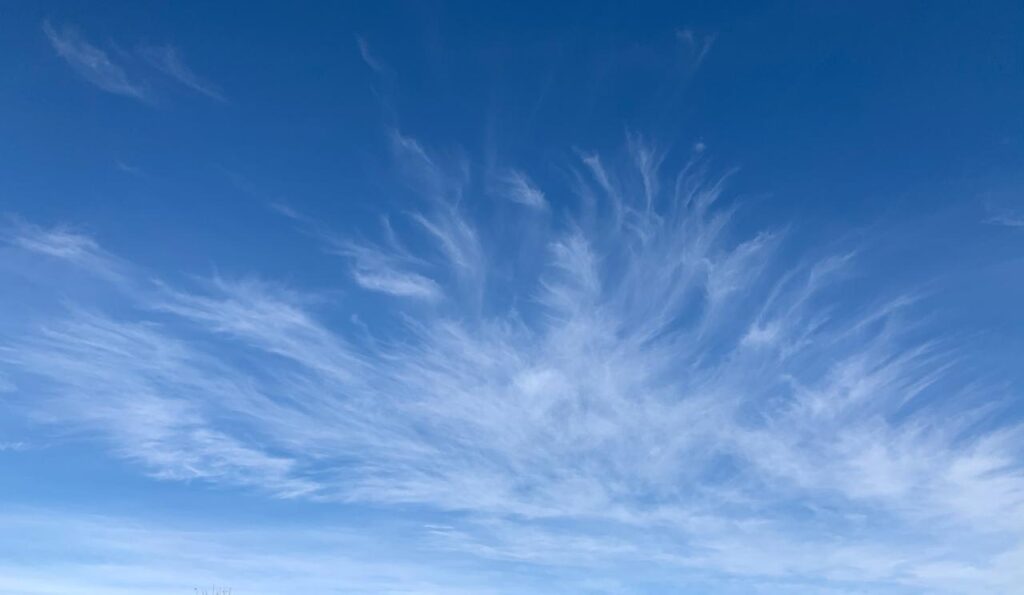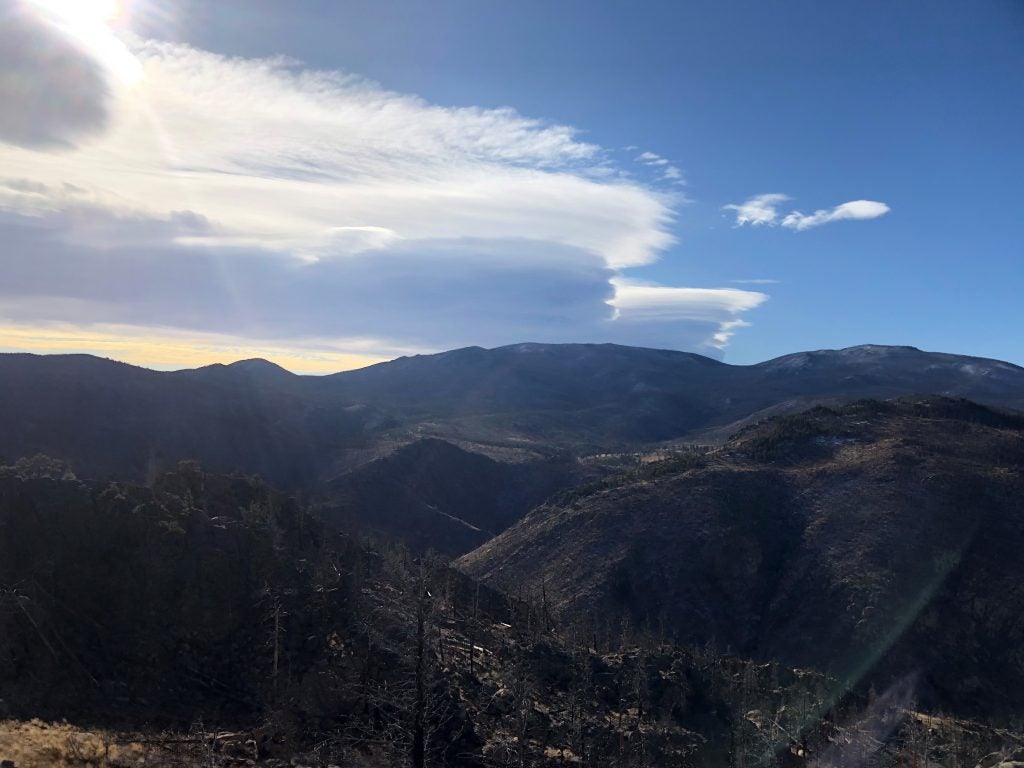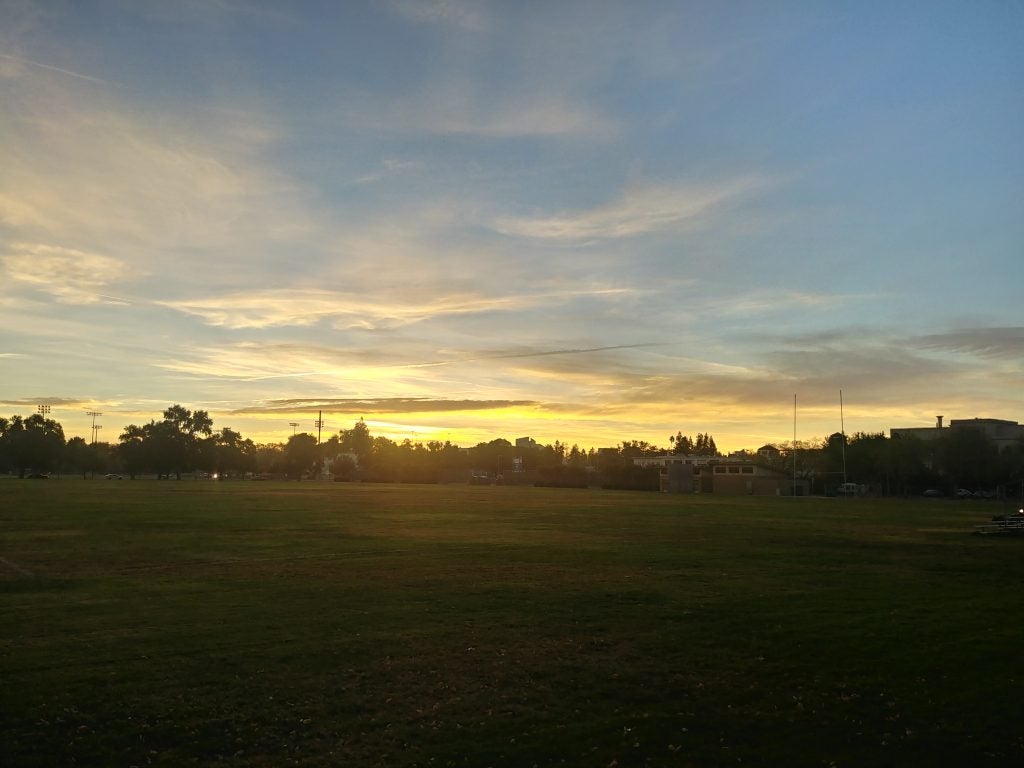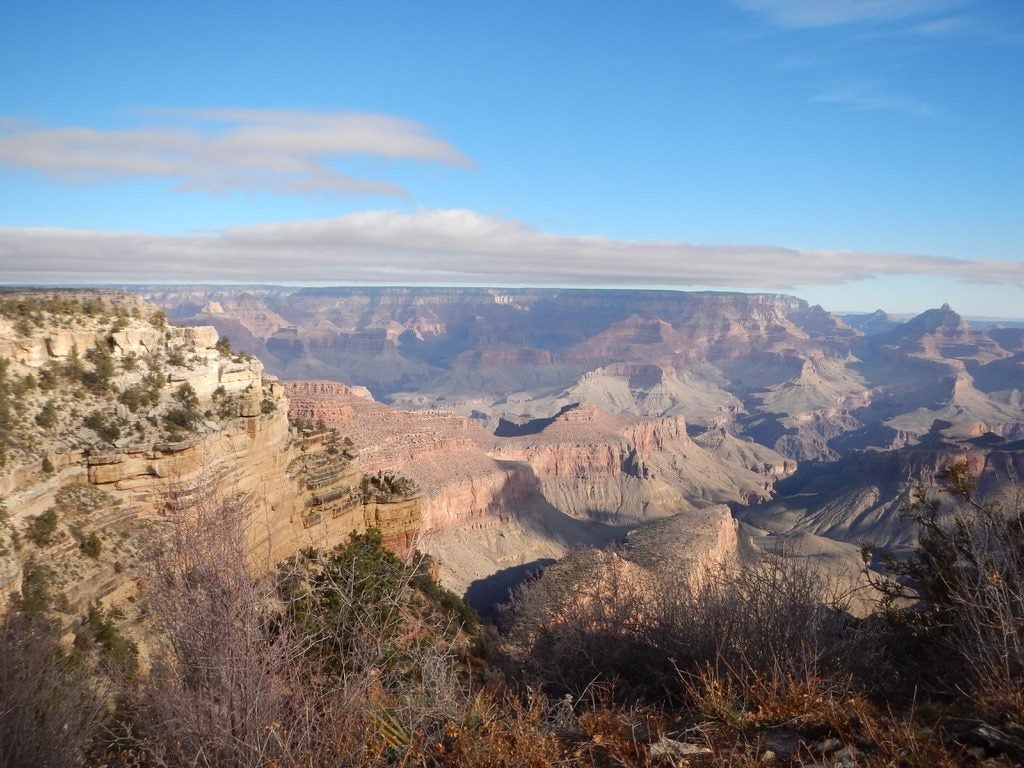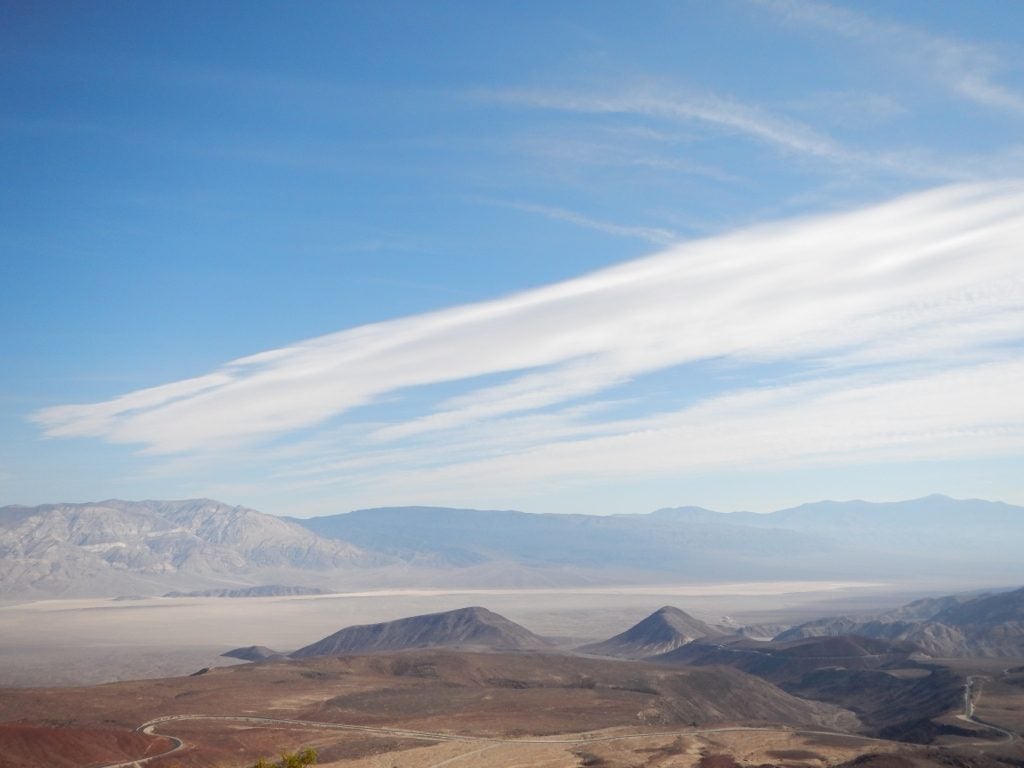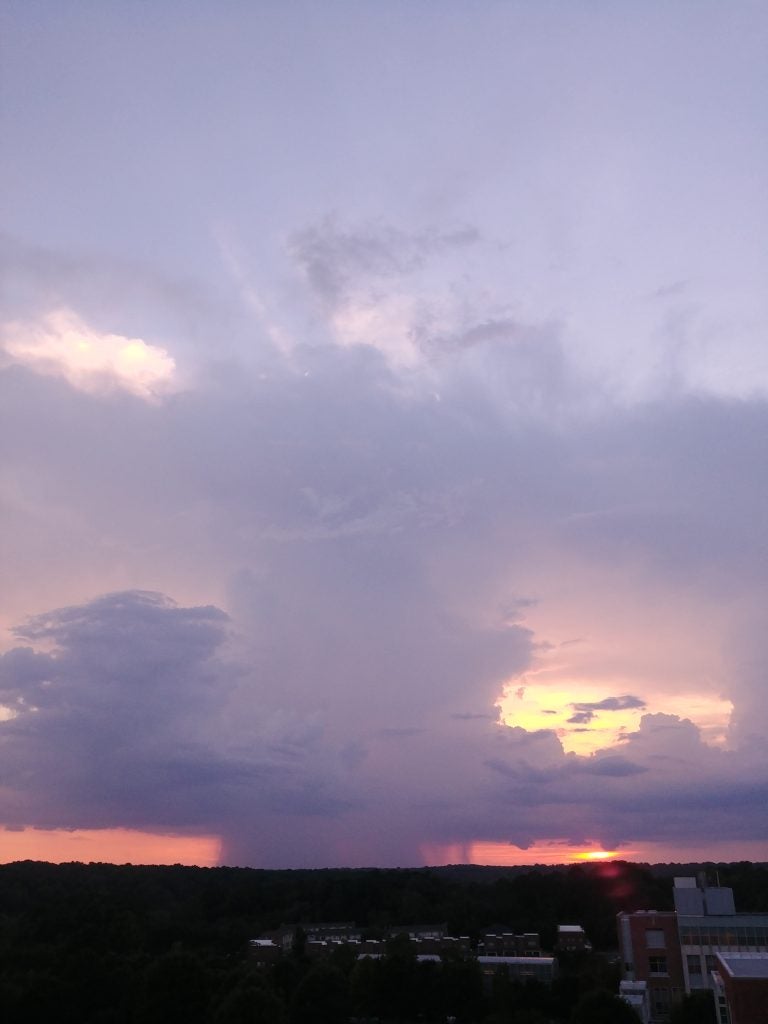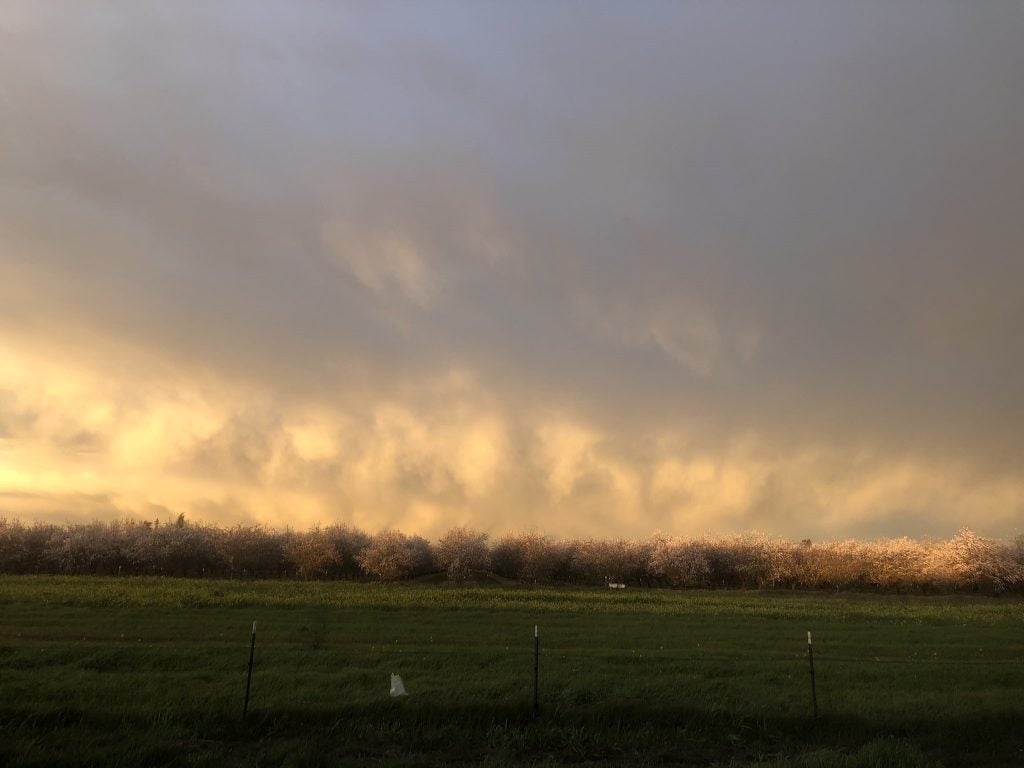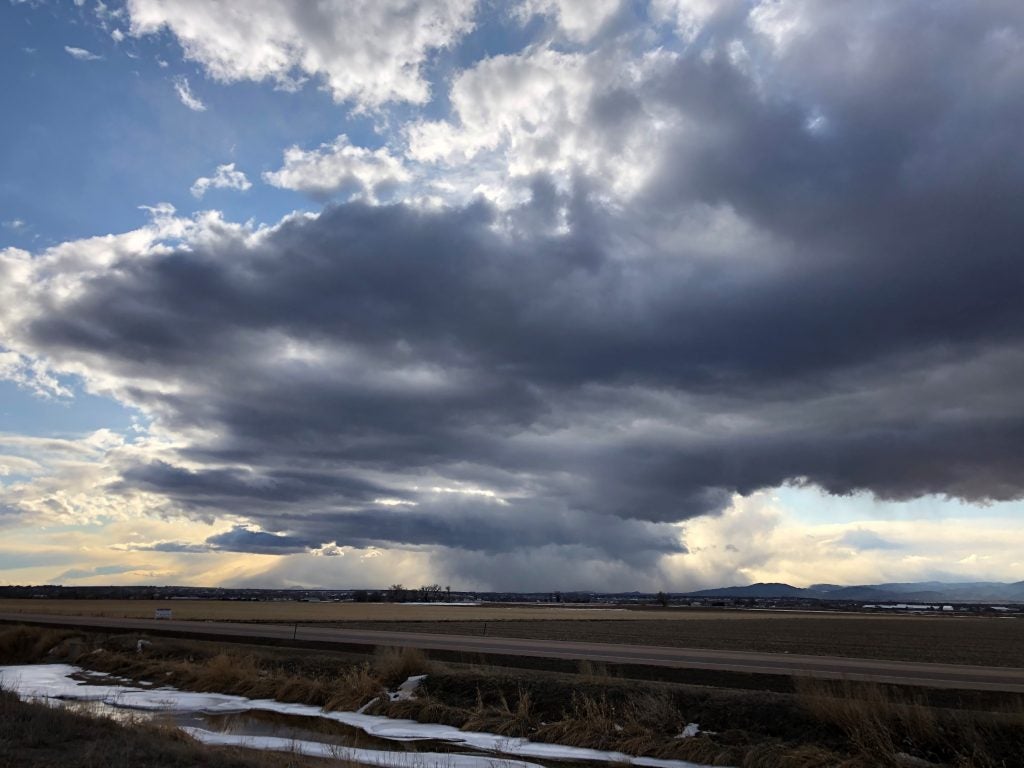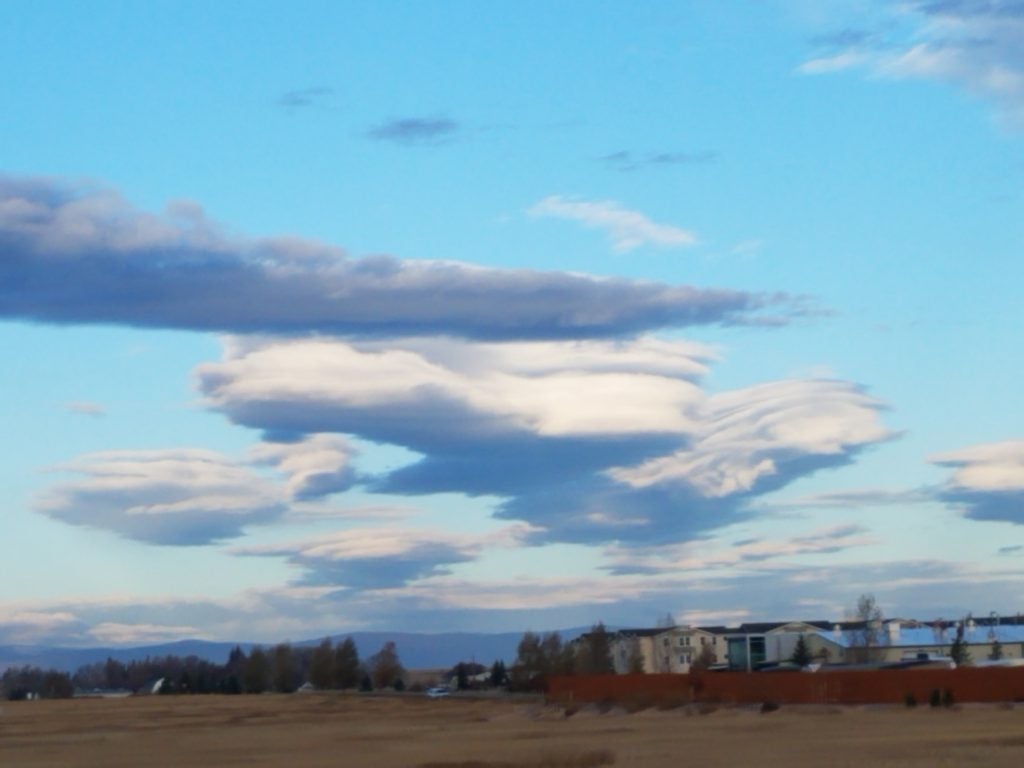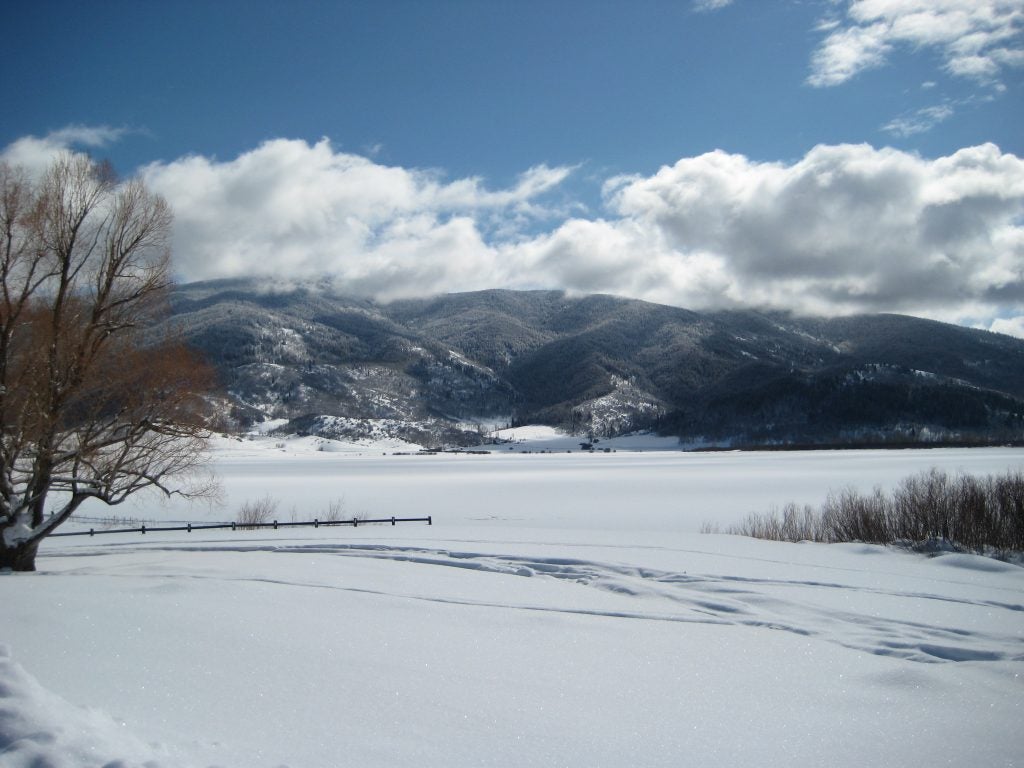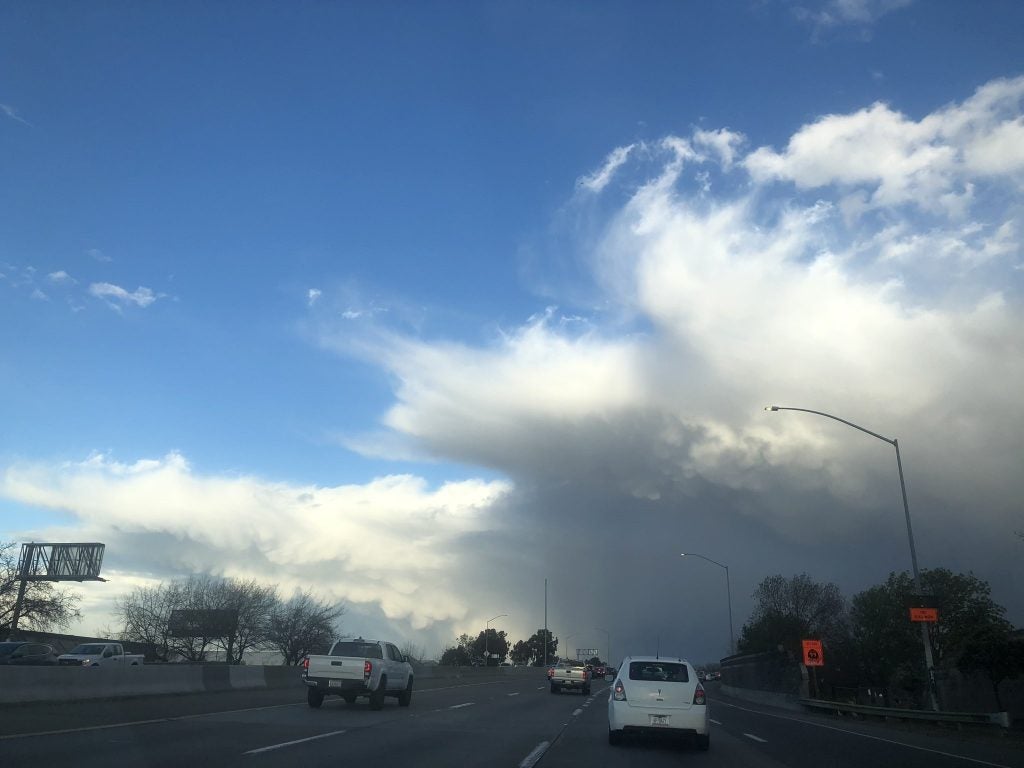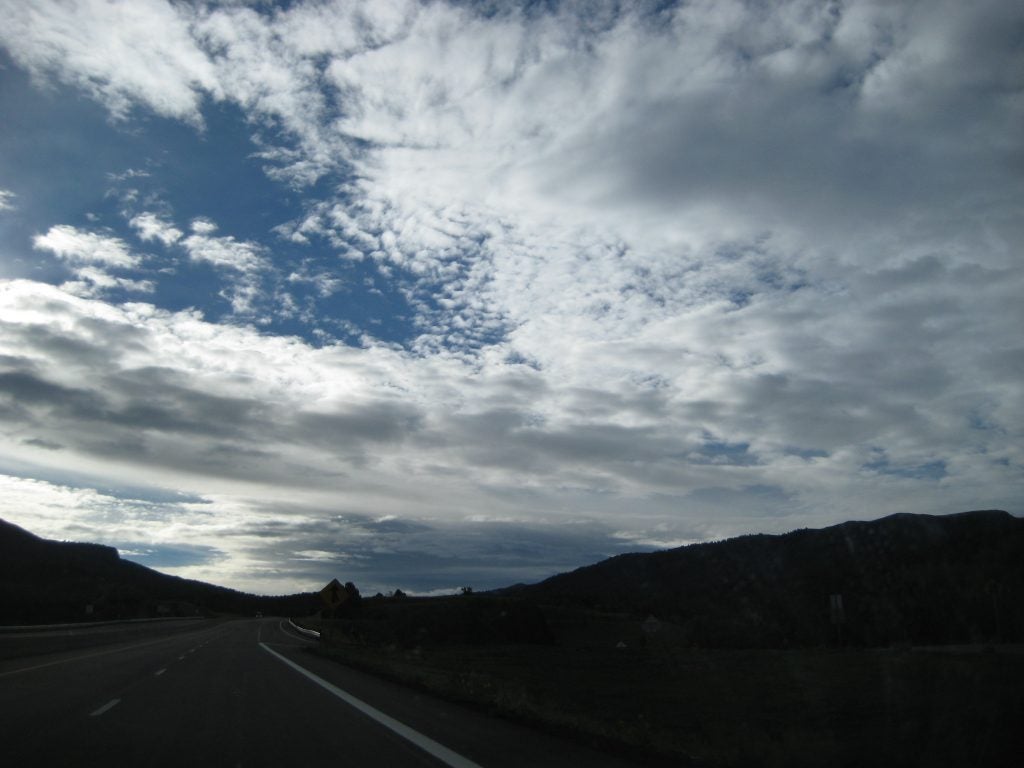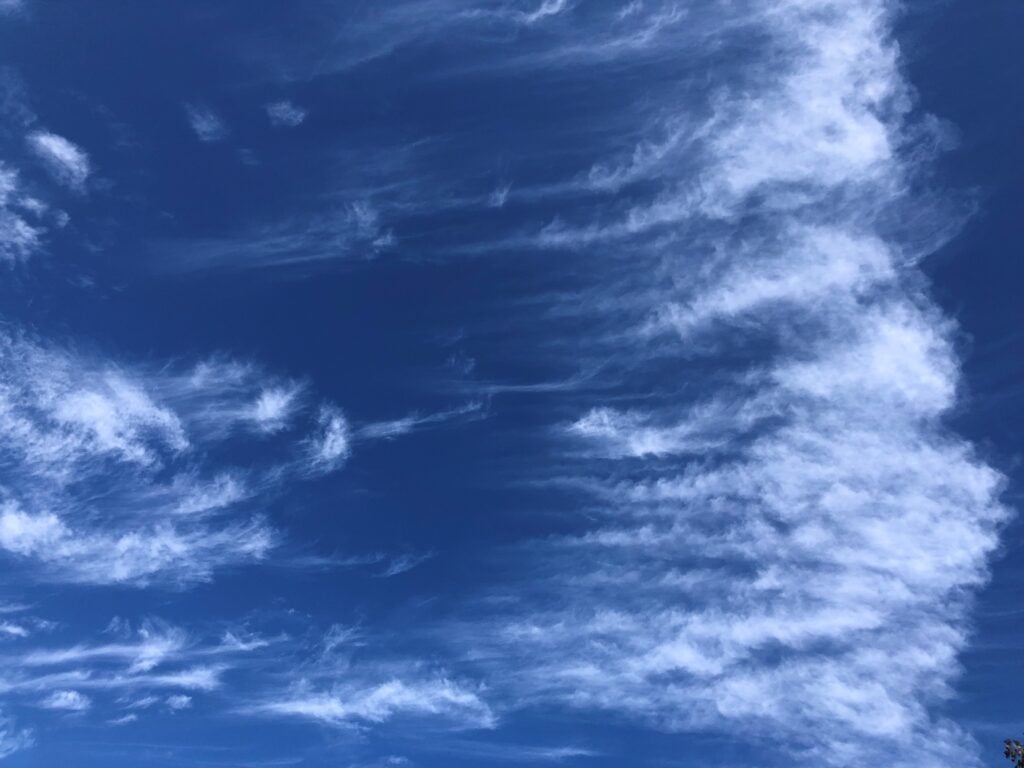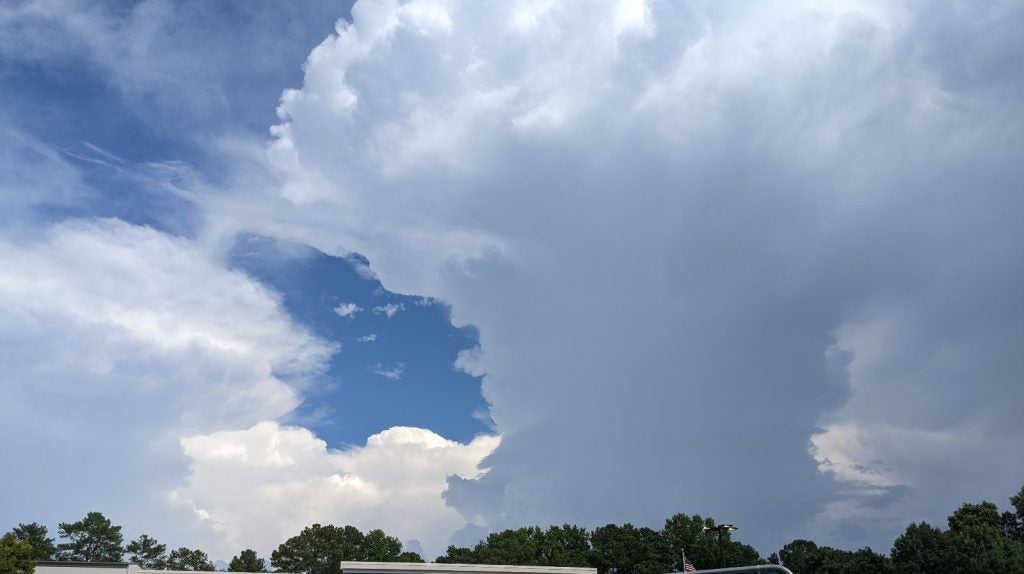I just wanted to point out all the new cloud photos on this website (look right). Special thanks to ASGG students Katherine Chin, Jenae Clay, and Megan Schmiedeler for contributing some excellent photos from all over the world. And more thanks to John (dad) and Jen (sister) for their contributions. If you’d like to contribute your own photos to the gallery, send me an email. My plan is to continue to grow this gallery with photos of interesting and unique cloud formations. My next mission is to reach 100 photos. Please use these photos with proper acknowledgement to the copyright owner if one is listed.
Category: Uncategorized (Page 4 of 7)
This is more than just a pet peeve. In many papers I review (I won’t attempt to blindly guess what fraction, but it’s high!), authors plot ratios of terms poorly. Let’s say you want to know the relative importance of the magnitude of longwave radiative cooling of a cloud top to the shortwave radiative warming. A reasonable way to assess such a thing would be to take their ratio and plot it up (over space or time or whatever). The common way (and I will argue the wrong way) one might visualize this is to plot up the ratio on a linear scale.
I’ve plotted up some synthetic data below. A and B are MATLAB vectors initialized with 100 random numbers between 0 and 1. The histograms of A and B are shown in the top row below. They’re nearly uniformly distributed. Now if I want to know something about the ratio of A to B, I might plot it up like I did on the bottom left. And, I might ask what the mean ratio is. It’s 4.3. This combination of information might lead me to conclude that the ratio is characterized by something greater than 1. Seems reasonable. But remember, I have two randomly initialized vectors; I would expect their properties to be about the same. I’m more likely to appreciate that with the figure on the bottom right. By taking the log, I give equal voice to things less than 1 and greater than 1. Excursions above the dashed line (at 1) and below occur with about the same frequency and magnitude. The mean of log10(A./B) is 0.06; When I raise 10 to that power (i.e. 10^0.06), I realize that my average ratio is better characterized by 1.1 (Or, about even odds of my random variables being greater or less than one another).
I’m getting tired of harping on this in reviews.
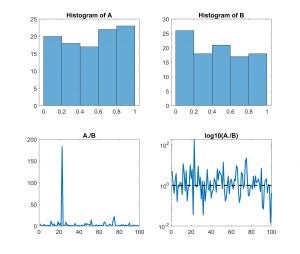
Yesterday’s rain was pretty noteworthy. I got 0.93″ at my CoCoRaHS gauge. That would make yesterday the 3rd rainiest May day of the last 50 years here in Davis. It also instantly jumps us to being the 10th rainiest month of May over the last 50 years. With more rain predicted today and next week, this could easily end up being one of the top 5 rainiest Mays ever.
Below is a bar graph showing the sorted daily rainfall totals for May days over the last 50 years. Notice a few things: 1) the logarithmic axes, 2) X-axis values start at day 1412 because 1411 of May days over the last 50 years have seen 0″, 3) the values nicely fall along a line in the log-log plot (except for the very heaviest days). This last point is an example of ubiquitous “power-law scaling” in the Earth system in which intense occurrences are very, very rare but also very much more intense than common events (think something like the great San Francisco Earthquake compared to the weak shaking SF feels commonly). Yesterday’s rainfall didn’t amount to the quake of 1906…more like the Earthquake of 1989.

I just had a conversation with Phil Klotzbach (who by no means endorses this post) about, among other things, the life and legacy of Bill Gray who died three years ago yesterday (https://en.wikipedia.org/wiki/William_M._Gray) . I didn’t know Bill Gray except as the emeritus professor who showed up to seminars at Colorado State with a back pillow and a lot of questions. That is to say, I didn’t know him personally. But I did try to appreciate his scientific perspective as a student, and I still try to today. Bill Gray had an unbelievable intuition based on decades of experience for how the tropical atmosphere works. Bill Gray was also a noted climate change skeptic which is a considerable shame. He will clearly go down on the wrong end of that. Where I think Bill probably deserves to be heard is on his criticism that many of us today who study the atmosphere have a profound lack of appreciation for the messiness of real world meteorology. Just because a one-month mean map implies that anomalous high pressure existed somewhere doesn’t mean that high pressure existed in that place every day that month. I often hear Bill yelling at me in the back of my mind when I use a mean sounding to initialize a convective simulation. Did the conditions implied by the mean DYNAMO sounding every actually occur during DYNAMO? I don’t know. And, I’ve never looked. I’ll go down on the wrong end of that one.
We had some nice rain here in the Central Valley over the weekend. The mountains got some serious snow. This is the CoCoRaHS map for Yolo County for this morning (7am 2/3 to 7am 2/4). I wanted to point out the awesome precipitation gradient here in Davis. The west side of town got >1″ of rain while those of us on the east side got <0.4″. That’s a distance of just a few miles of flat terrain. This is why mesoscale networks (like CoCoRaHS) are so useful and critical to our understanding of clouds and precipitation.
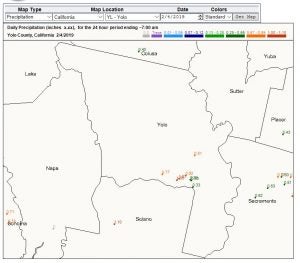
Really quickly, I wanted to start off 2019 by announcing the success of some students. Hrag Najarian was selected to give one of only four special undergraduate talks during next week’s 99th Annual AMS Meeting in Phoenix. See his talk on moisture and precipitation on Tuesday at noon: https://annual.ametsoc.org/index.cfm/2019/programs/events/undergraduate-presentations/ . Nick Falk submitted a paper on the work he, Adele, and I did over the summer to MWR. And finally, high school student Ameya Naik of Mira Loma High School who came to chat with me about his really interesting work on tornadoes in the Central Valley recently won an honorable mention for his AGU Virtual Poster: https://education.agu.org/virtual-poster-showcase/recognition/2018-virtual-poster-showcase-winners/ . Great work all around.
It’s been a dry autumn here in Davis. We’re well behind the average rainfall for the water year. As I’ve discussed before, rainfall in the central valley in the dry season is very episodic. But what about rainfall in the transition from the dry to the moist season? Below are histograms of the first date of rainfall in a water year passing some threshold. X-axis is day of the year. Y-axis is a count of years. The threshold is listed in the title for each panel. For the lowest threshold, just 0.01″, the median first day of rainfall for the water year in Davis is September 25th (the ‘S25’ in the title). This year, my CoCoRaHS gauge saw 0.02″ of rain on October 2nd. So we were a little behind but well within the meaty part of the histogram. For a threshold of 0.10″, the median first date is October 5th. This is probably a more reasonable threshold for a real rain. In 2018, we have not yet seen a 0.10″ rainfall. Our first hope on the long range forecast is for rainfall in excess of 0.10″ on Thanksgiving day or day 326 of the year. That would put us well into the tail of that distribution. In fact it would be the third latest 0.10″ rainfall in the last 50 years. At higher thresholds, the distribution skews more toward later in the calendar year. For a 1″ threshold, 16 of the past 50 years have not seen rain before the end of the year (the ‘+26’ in the title). So, we’re behind for the year in accumulated rainfall, but not necessarily in our first big storm of the year. One big storm could get us right back on track and make our dry autumn unremarkable. That being said, I’m not holding my breath that the storm on Thanksgiving materializes.
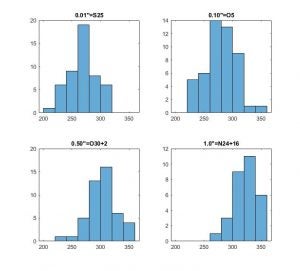
The fine folks down at Florida State’s Meteorology program have put together a number of “academic family trees”. These are like normal, hereditary family trees except without your weird uncle. These trees link academics with their advisor (up the tree) and their students (down the tree). You can find the project here: http://moe.met.fsu.edu/familytree/ . There are a number of things that struck me (and forgive me if these things are written down elsewhere). First, in the ‘All’ tree there are two distinct branches before 1900 despite both branches being composed of Germanic academics. Second, it’s amazing the number of folks toward the end of the last century with a profound impact. Lance Bosart almost single handedly populated the far left side of the tree. Herbert Riehl, who founded my graduate program at CSU, effectively split the tree after WWII. He invented tropical meteorology and his branches have been pushing out from the middle ever since. If you take a look at the Cloud Physics tree and find me or Adele and begin to trace upward, you’ll quickly land on the Bill Cotton branch before heading further up. If you make it all the way up to one of the (current) tops of our line, you’ll find German physicist Georg Christoph Licthenber: https://en.wikipedia.org/wiki/Georg_Christoph_Lichtenberg . Adele’s professional middle name is Lichtenberger. It turns out Adele and I are academically related to Adele’s actual (many times removed) cousin. How cool is that?
OK, this isn’t so much a post as a statement of fact. The news loves to use the phrase that something “can be seen from space.” In 2018, that really isn’t such a hard threshold to cross. We’ll ignore the capabilities of non-civilian satellites for a moment and ask what can be seen from space from weather satellites. The MODIS instrument on board the Terra satellite has an effective resolution of of somewhere between 250m-1km. GOES-17 can resolve down to 500m. And the grand daddy of resolution, LandSat-8, can resolve images at 30m! Most of these resolutions are sufficient to effectively see most macroscopic terrestrial phenomena. At 30m resolution, LandSat-8 could, theoretically, see a house fire. So, let’s stop using the phrase when referring to objects/occurrences/phenomena that are clearly many, many times larger than these scales.
The thermometer at the UC Davis airport went a little crazy earlier today. It was reading a temperature of 171F. That’s clearly an error, but check out the heat index: 357F! That’s pretty meaningless.
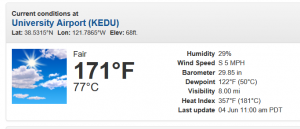
I’ve never actually taken a look at the heat index equation, although it’s clearly some kind of empirical relationship. https://en.wikipedia.org/wiki/Heat_index . OK, so in temperature, it’s some constants, a linear term, and an squared term. It must be those squared terms that are doing the trick. Below, I plotted up the heat index between 80F and 175F (blue line) at 40% humidity (which apparently is the lowest limit for humidity in the equation???).
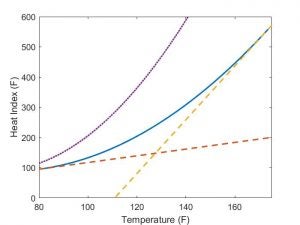
First, good thing it wasn’t 40% humidity or we would have had a heat index of over 500F earlier — makes 350F seem almost tolerable. Second, we see the issue with using empirical equations here. Empirical equations are often trained on easily measured data but applied beyond those ranges either unknowingly or by design. At these temperature scales, the red dashed line, a linear version of the full equation at low temperature, would probably be a better estimate of the true heat index. Also, just for comparison, the purple line is computed with a relative humidity of 80%. It’s over 1000F for a dry temperature of 175F.
